
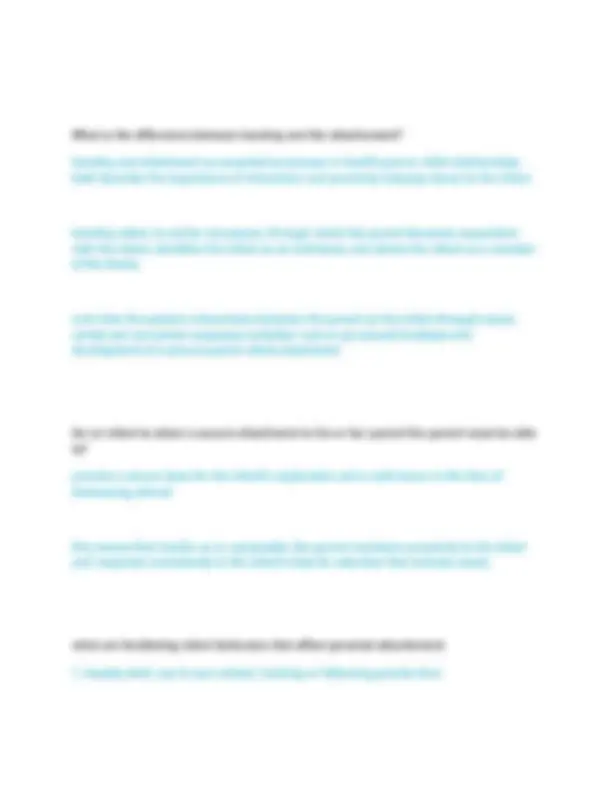
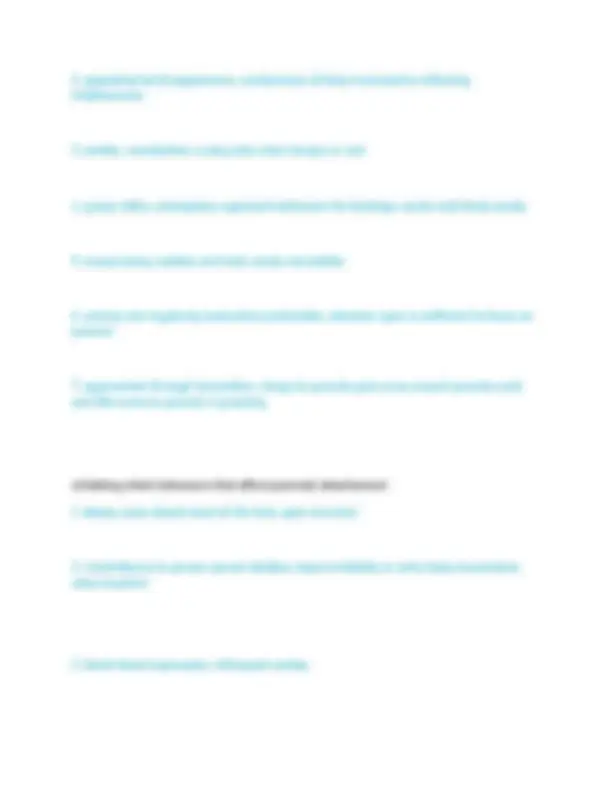


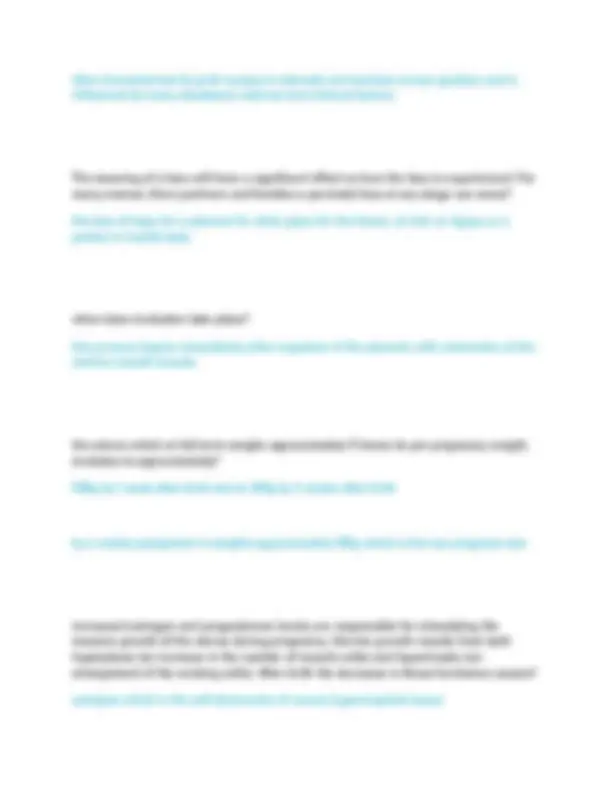
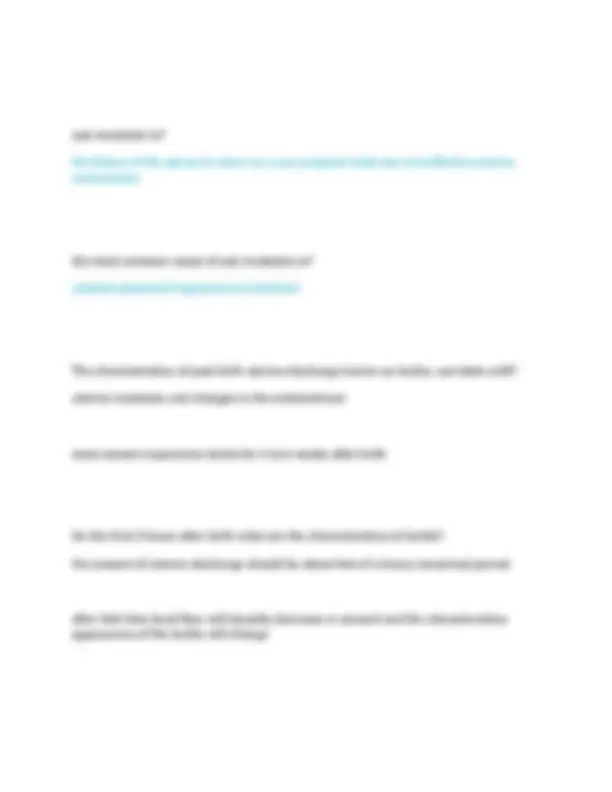
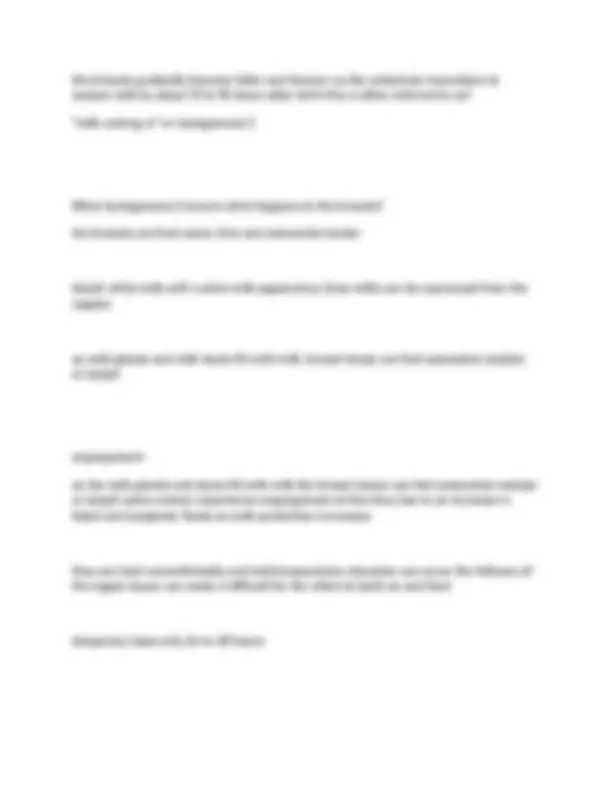
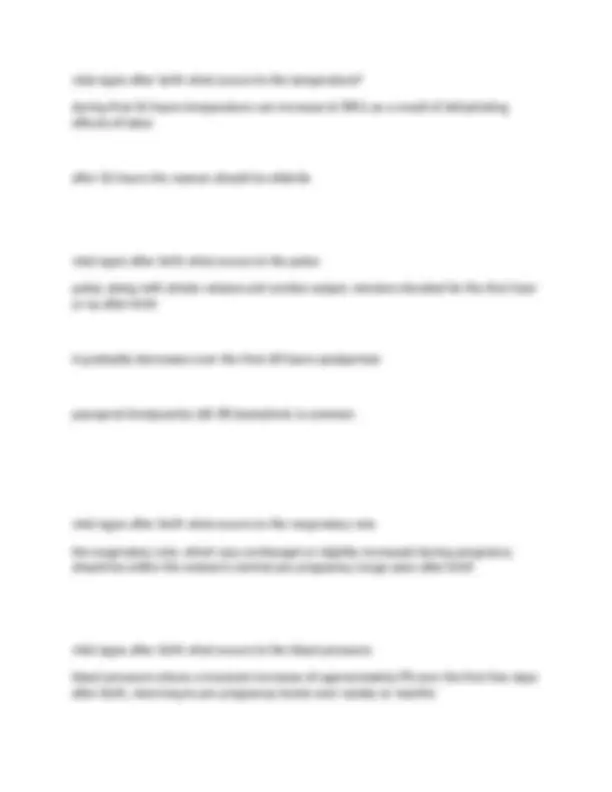
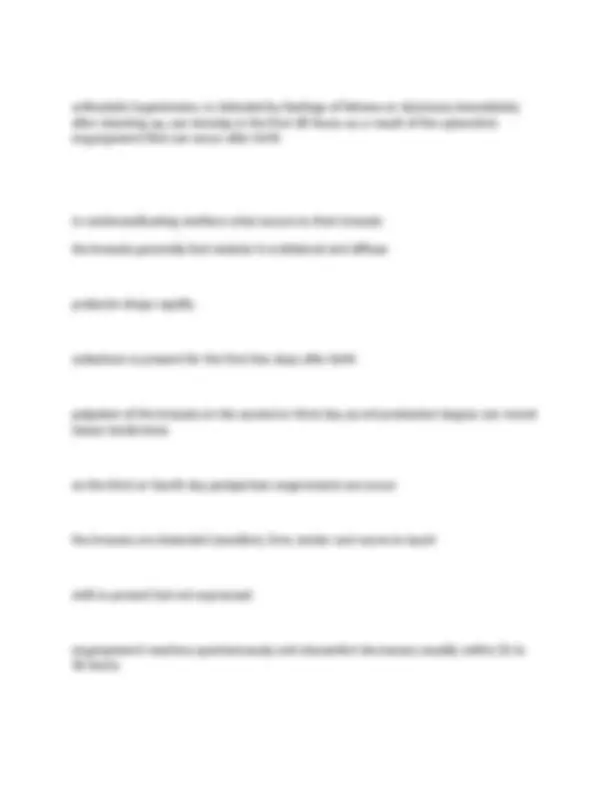
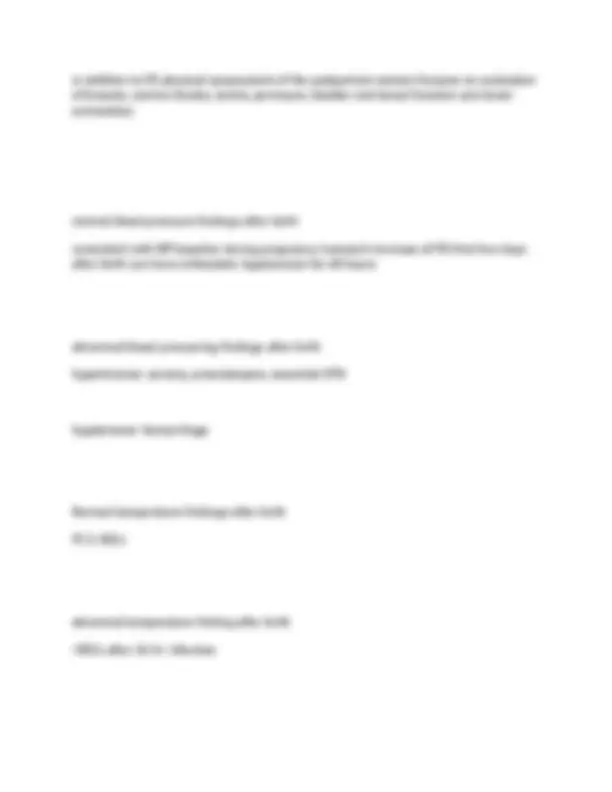
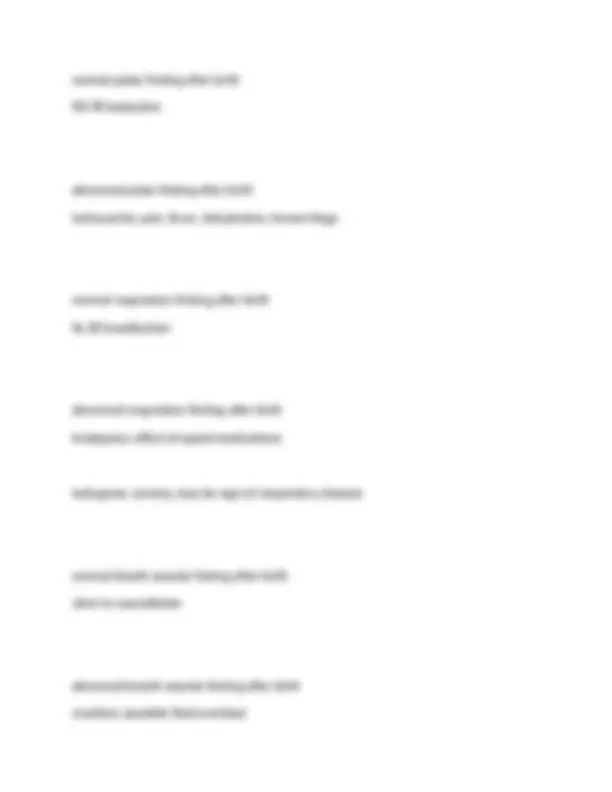

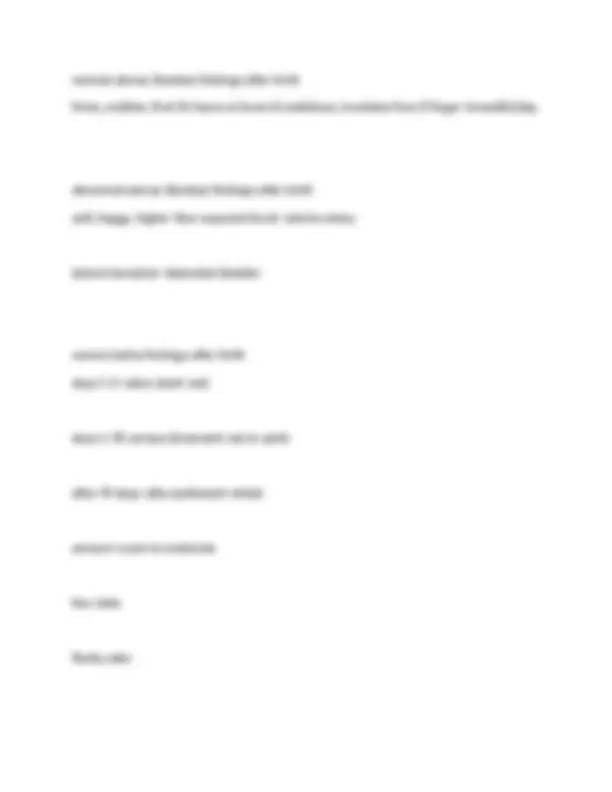

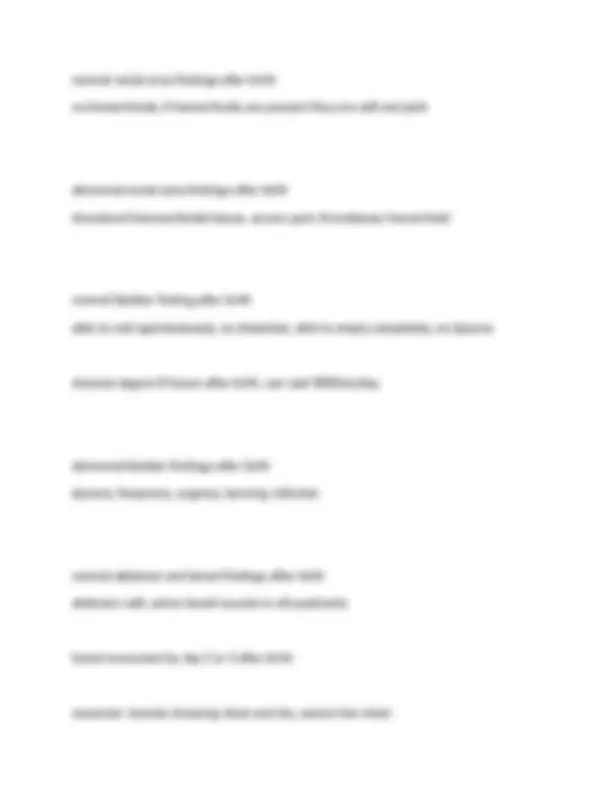

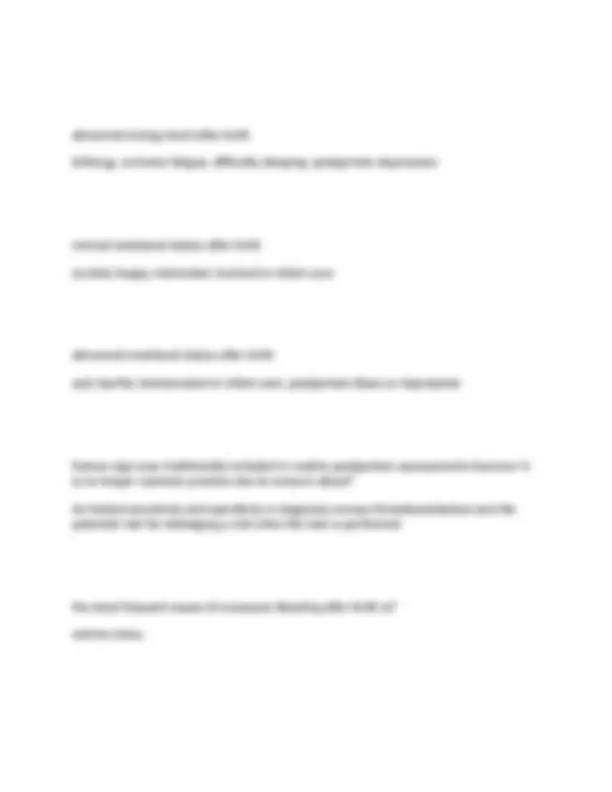

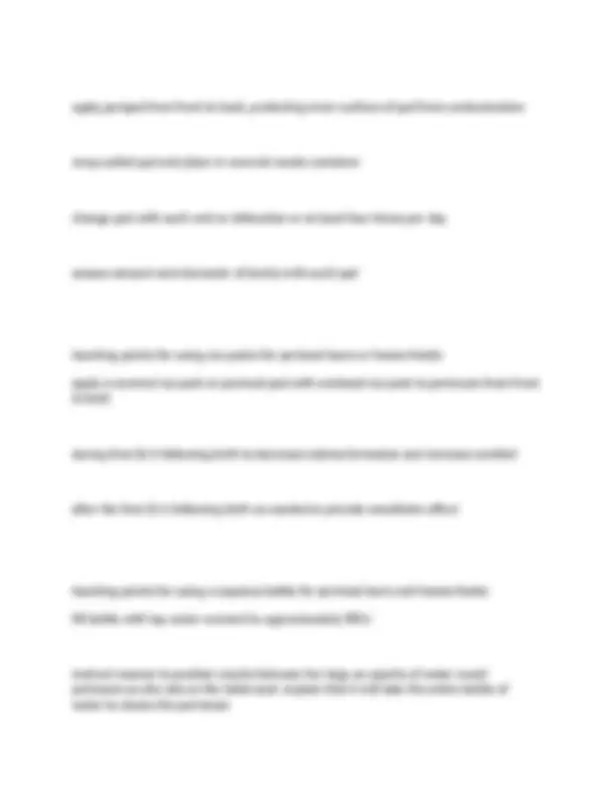

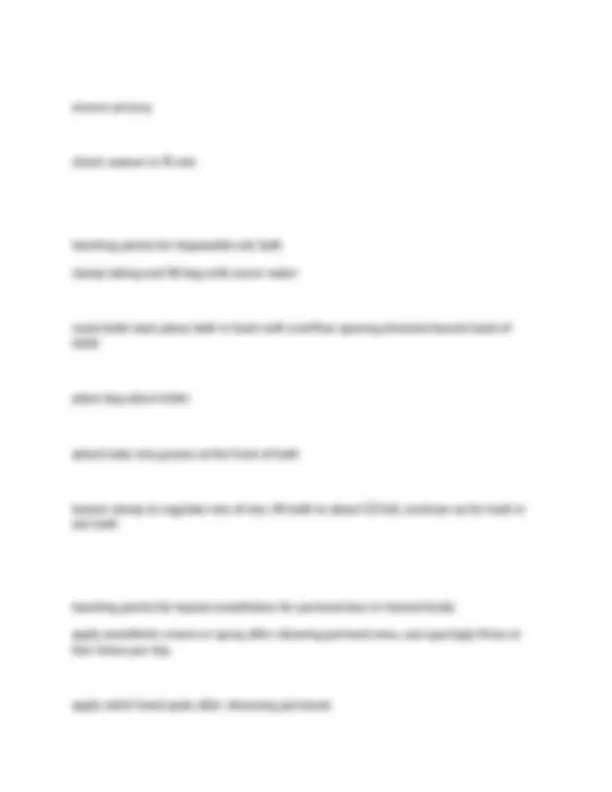
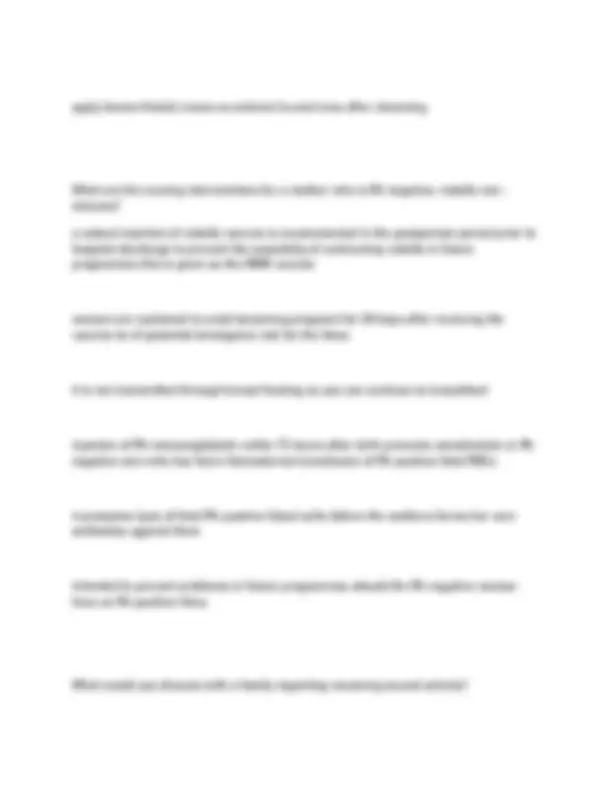
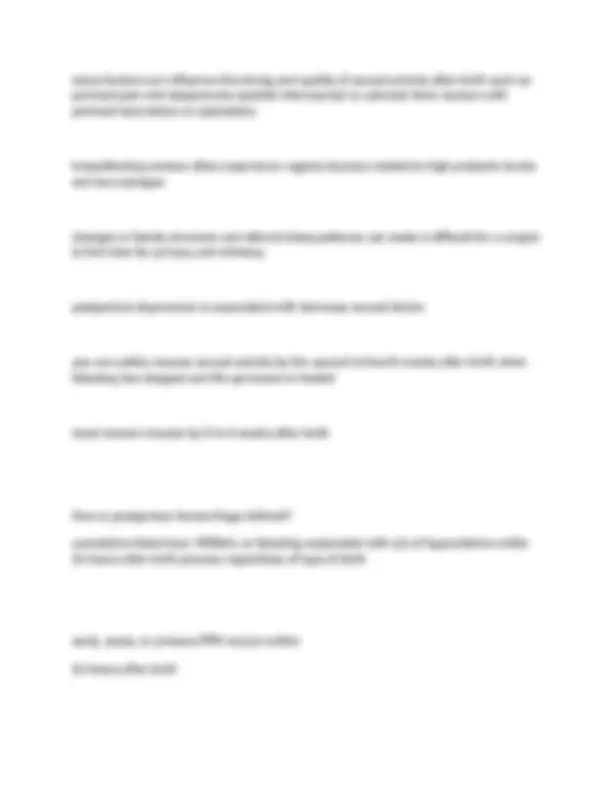
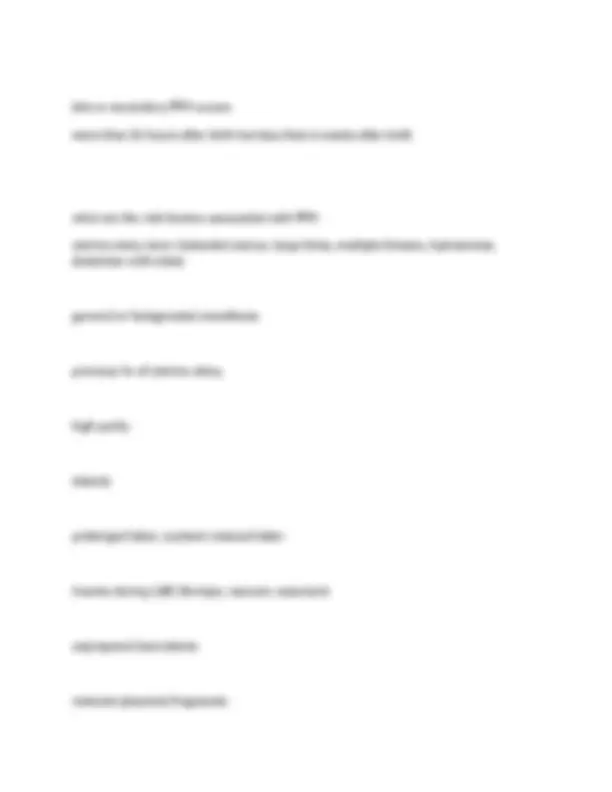
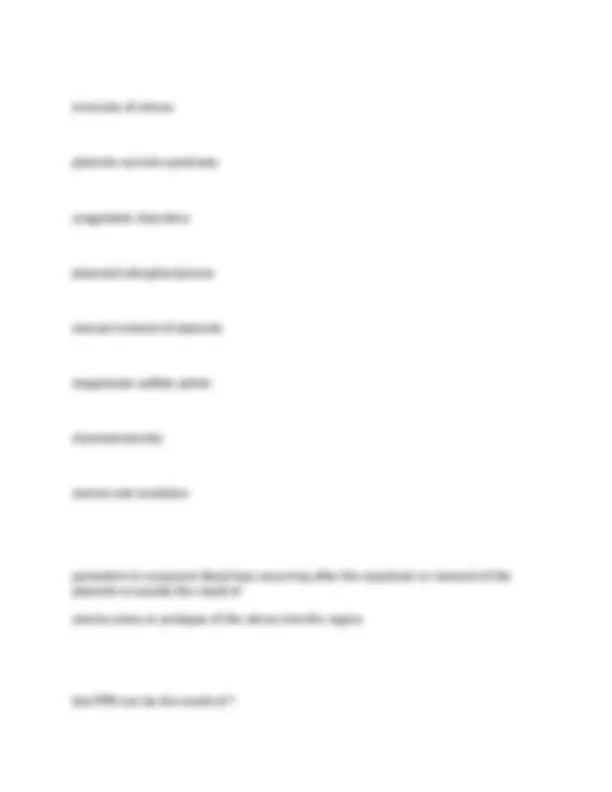
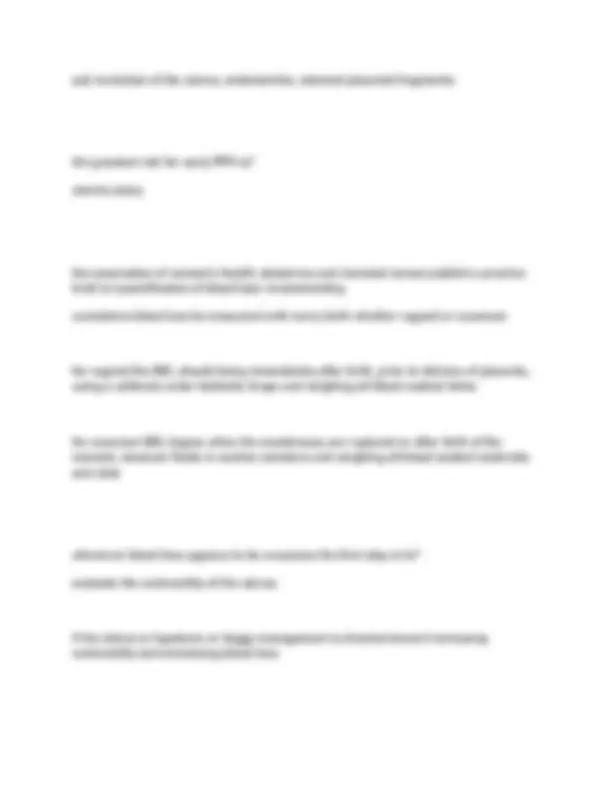
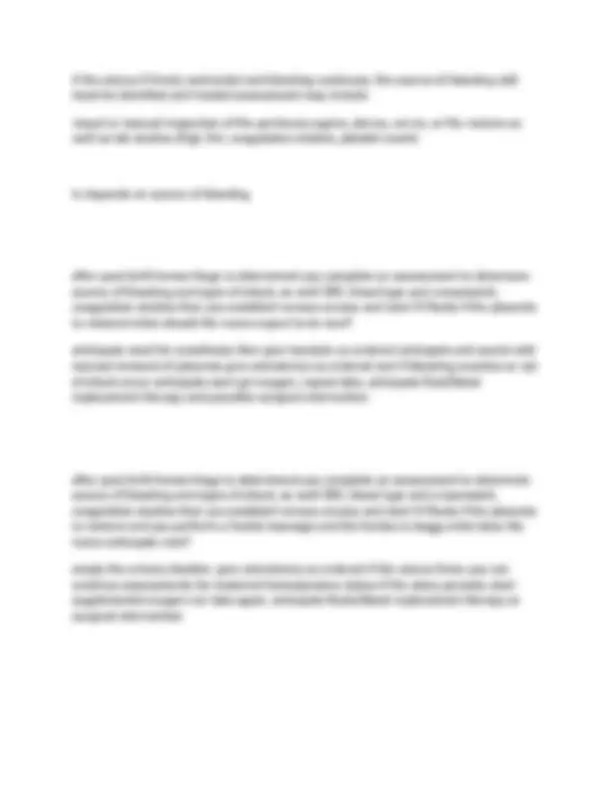

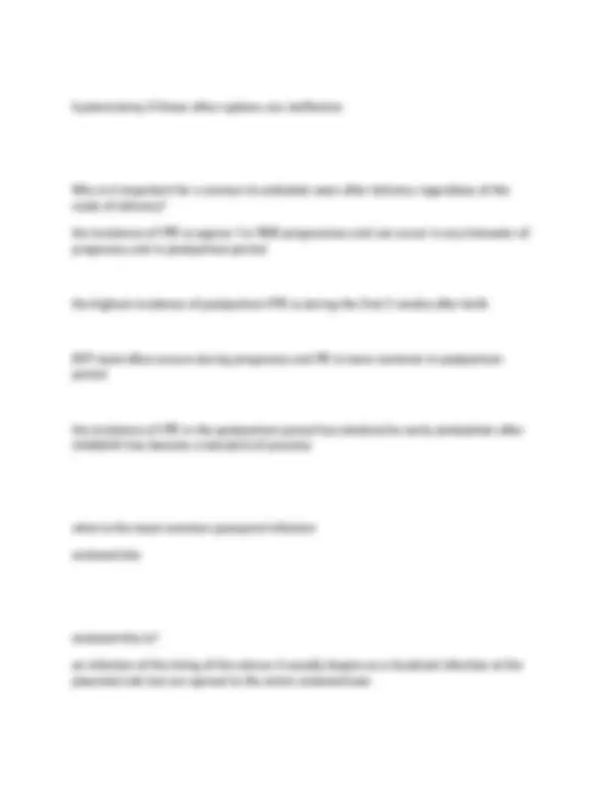

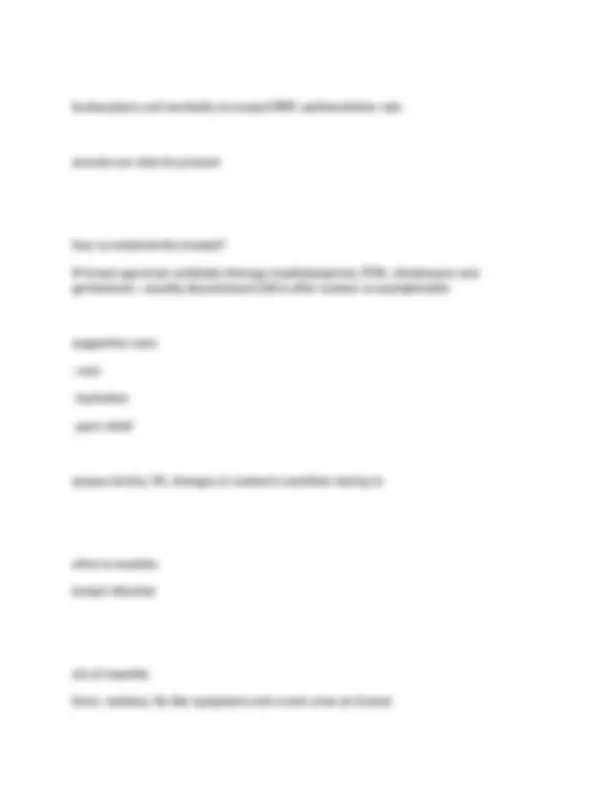
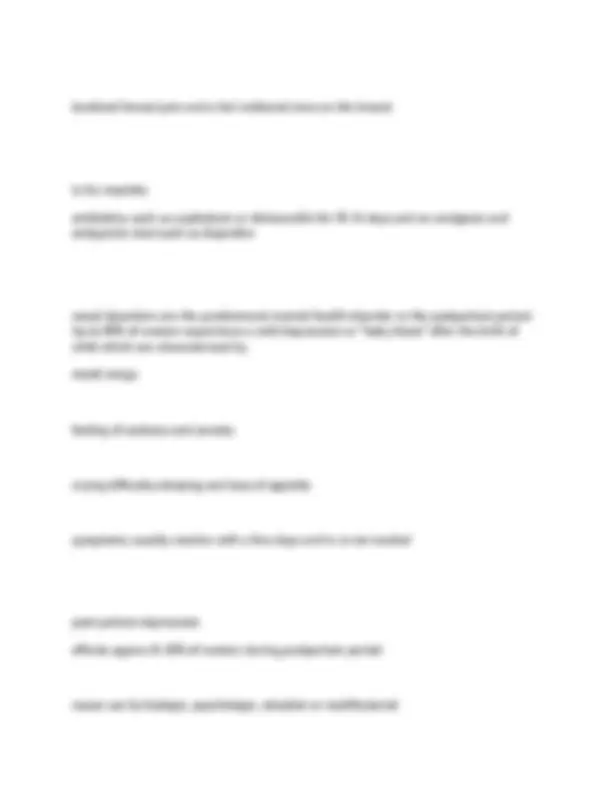
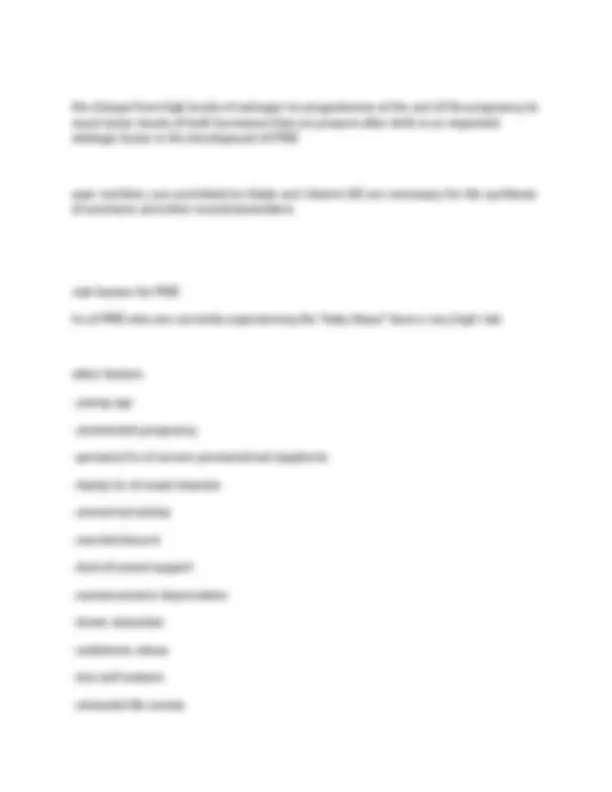
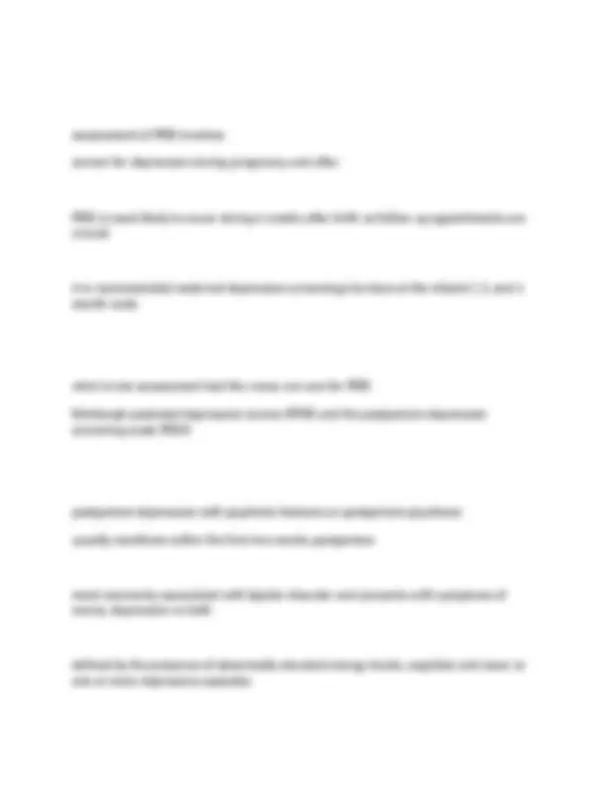

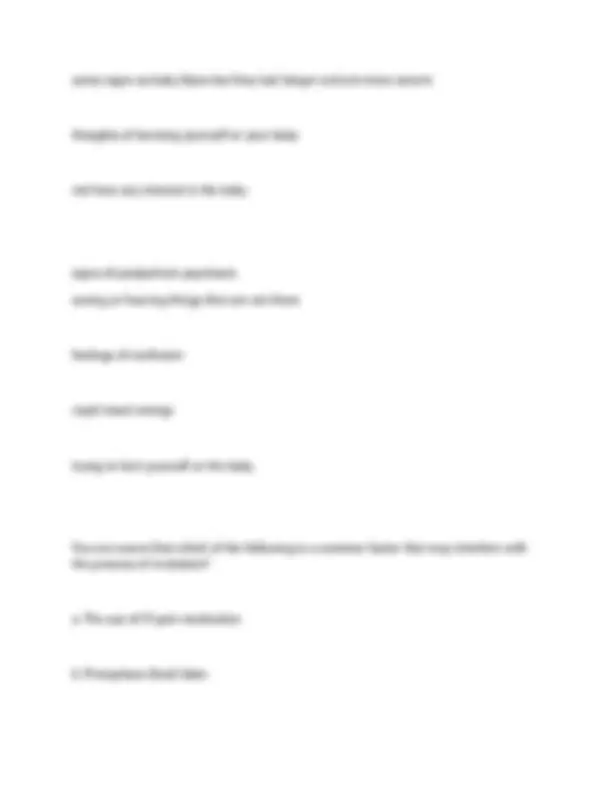



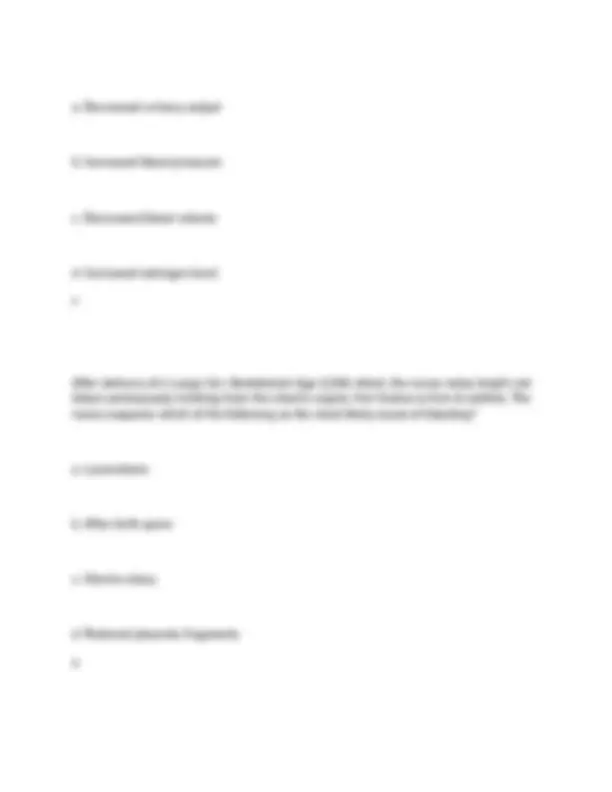
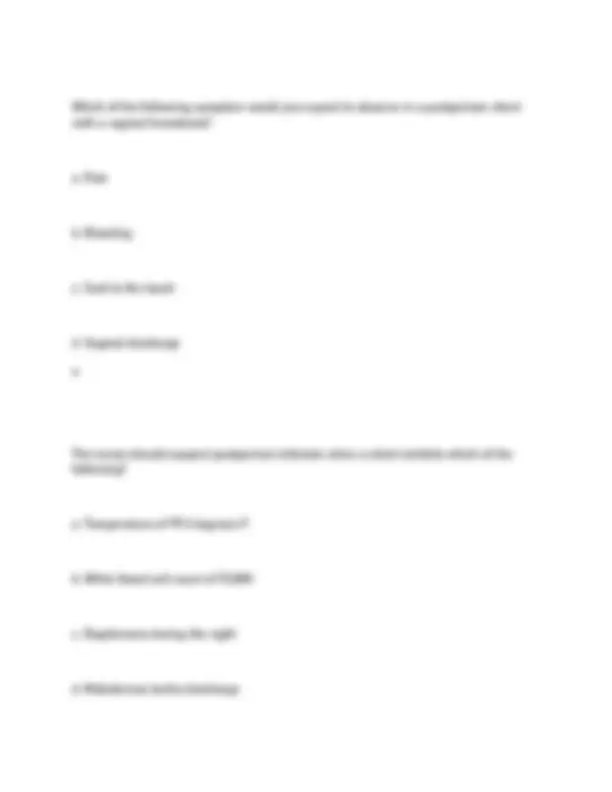
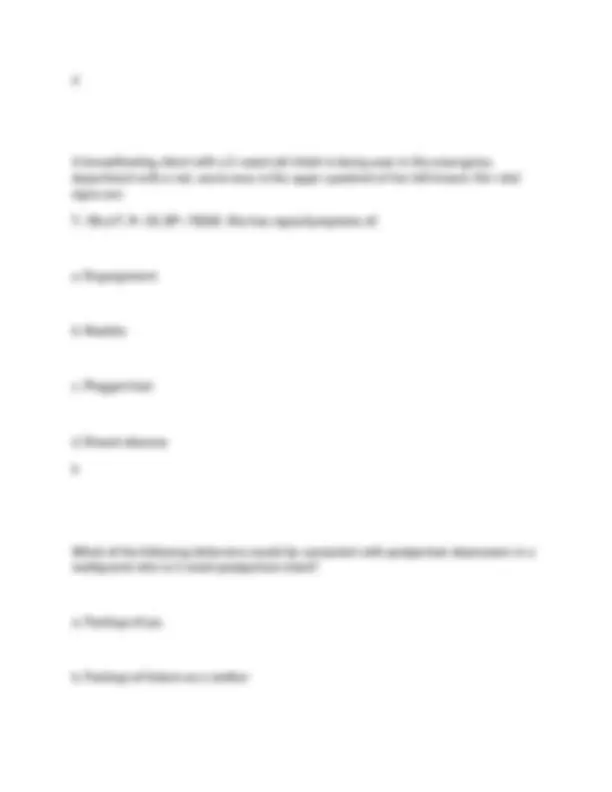
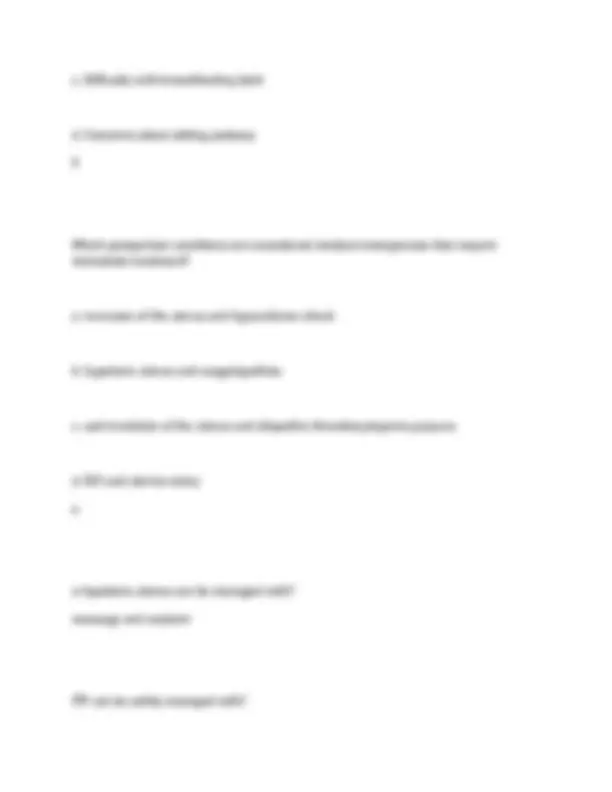
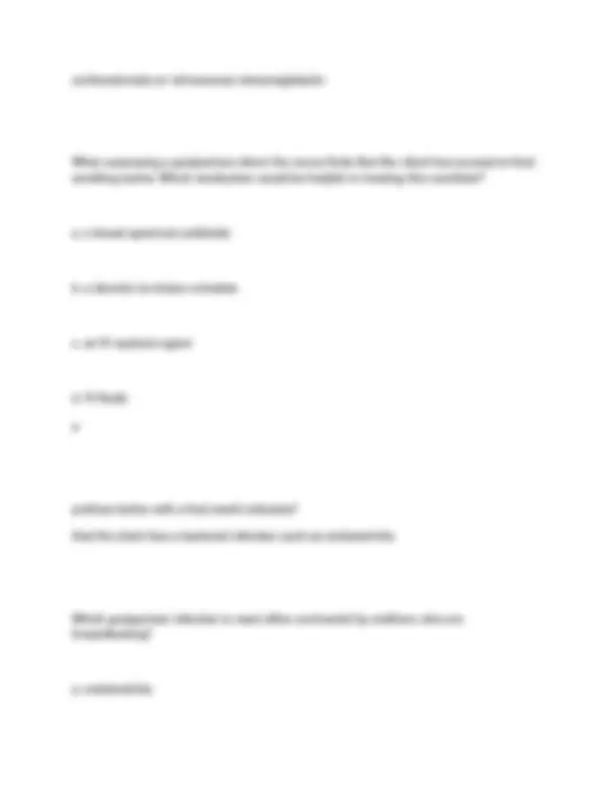

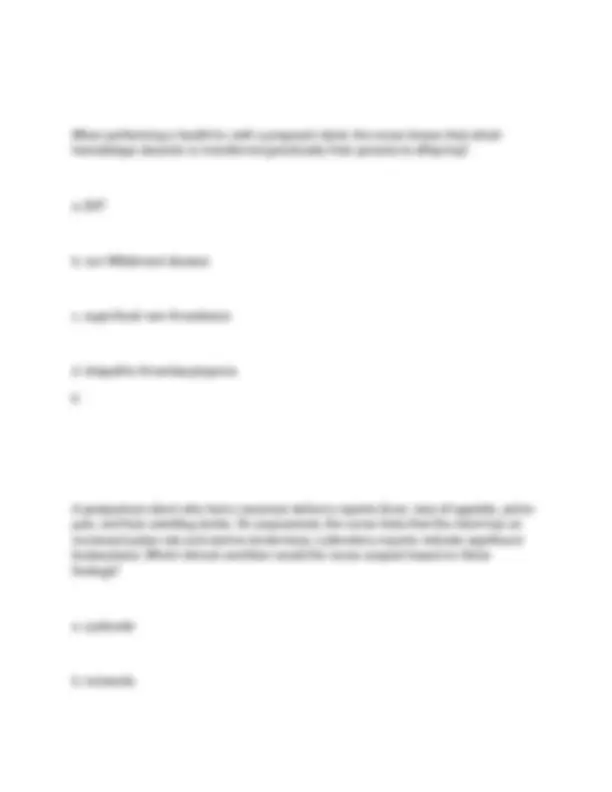
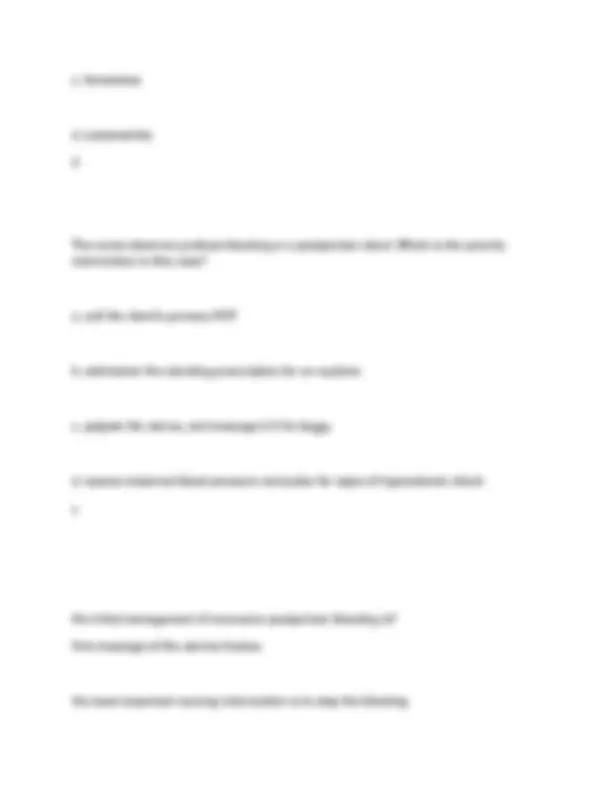
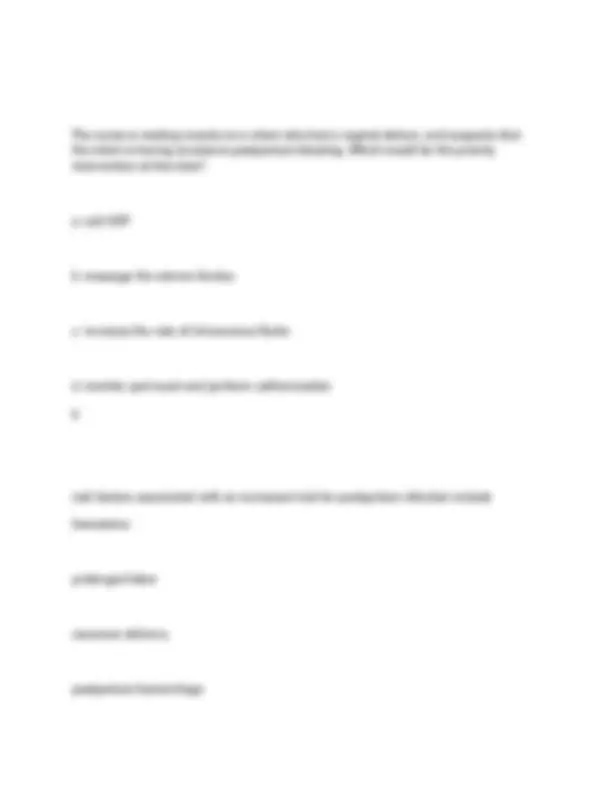

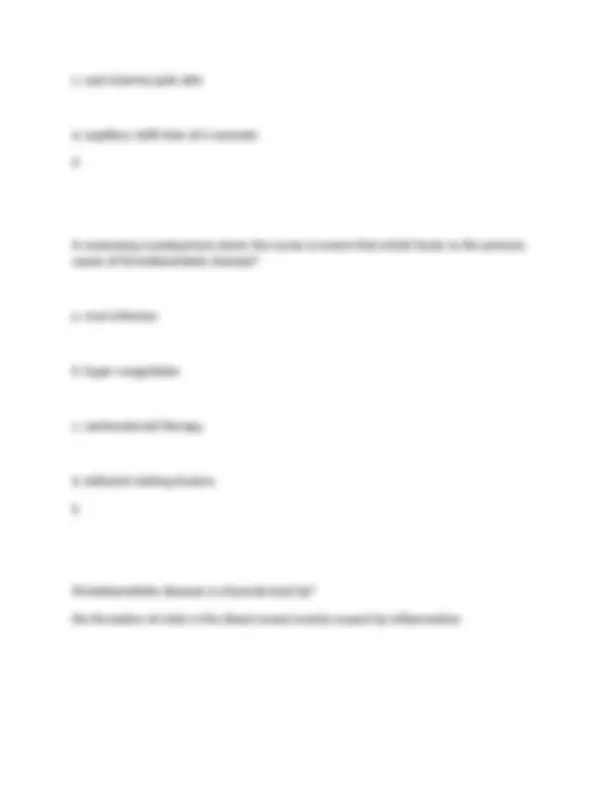
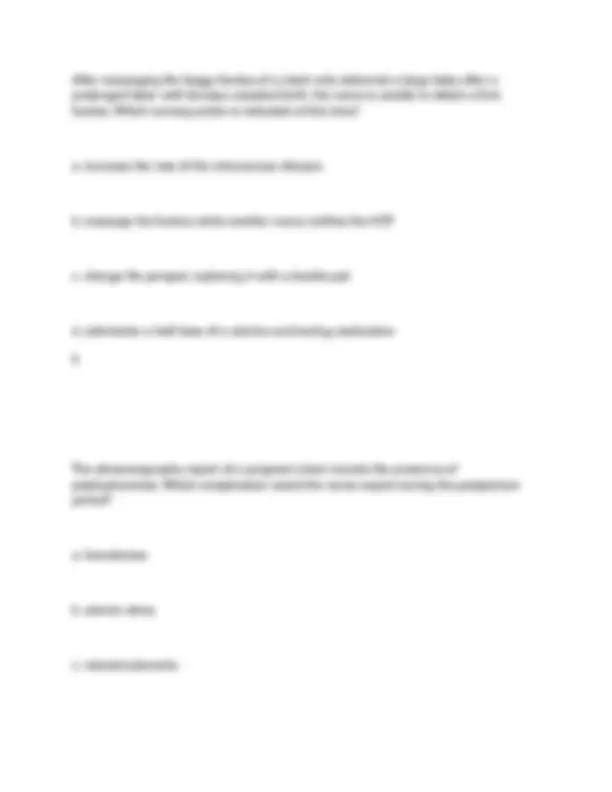
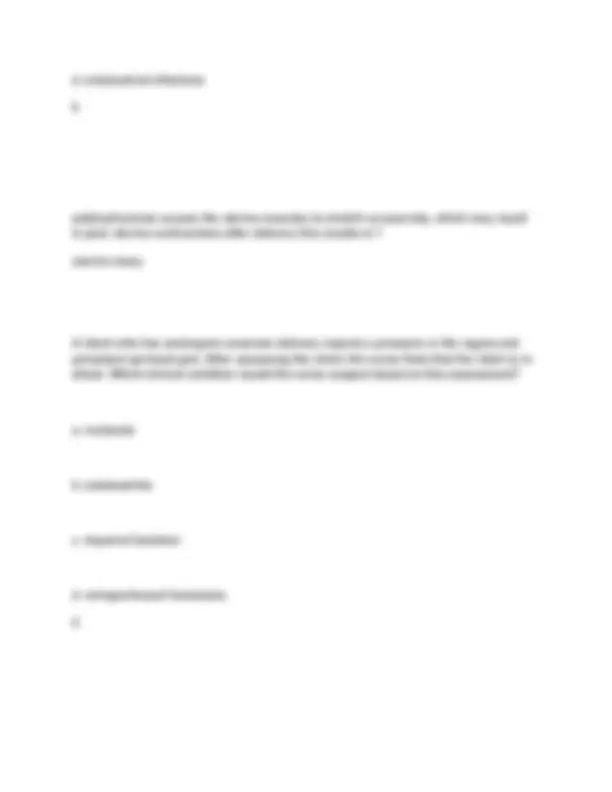

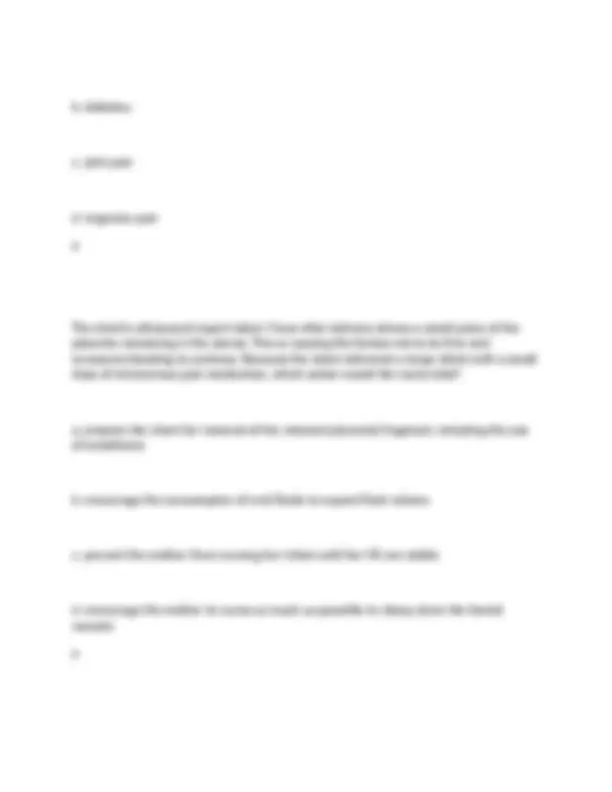
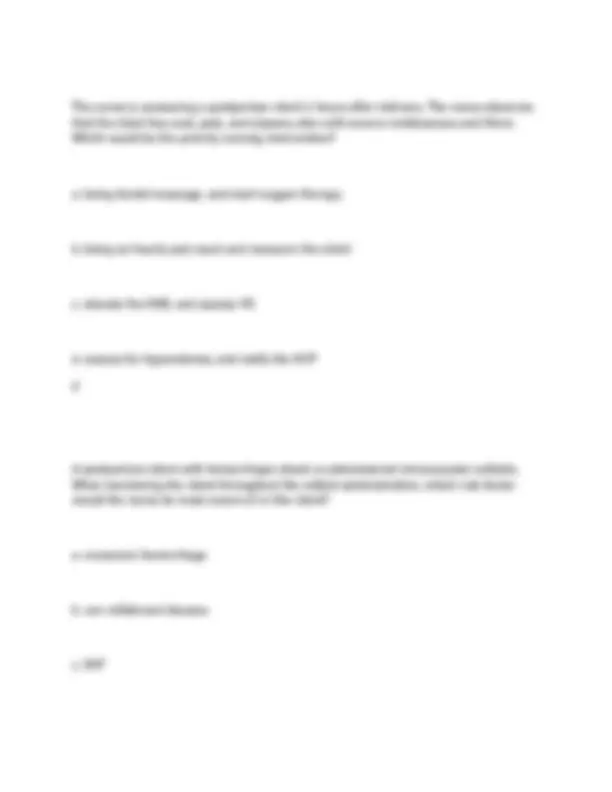
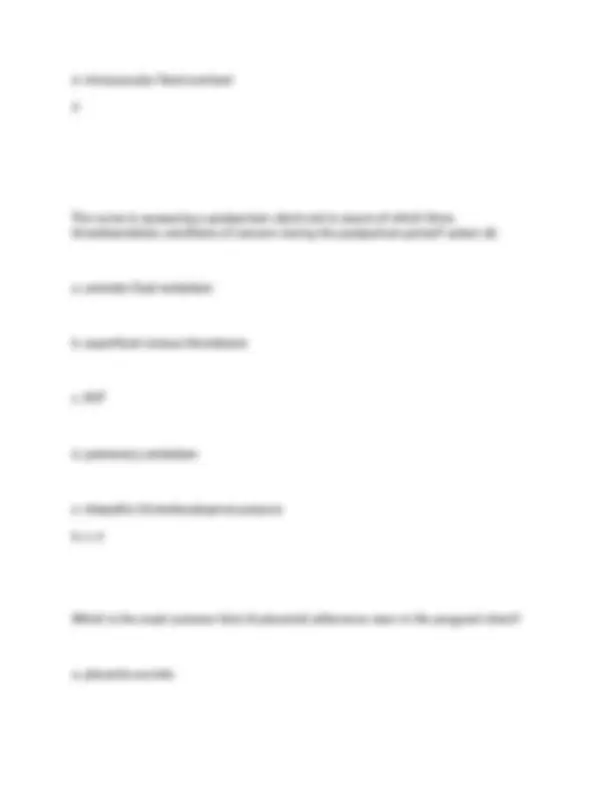
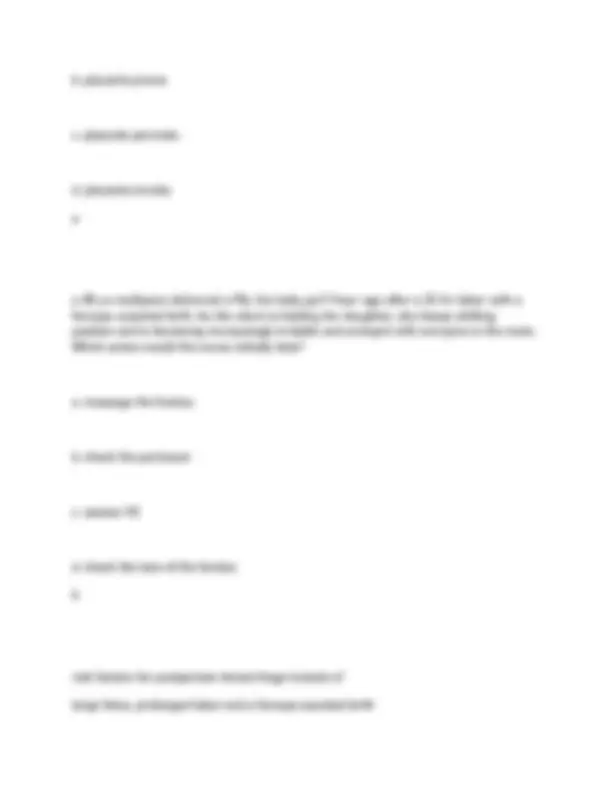
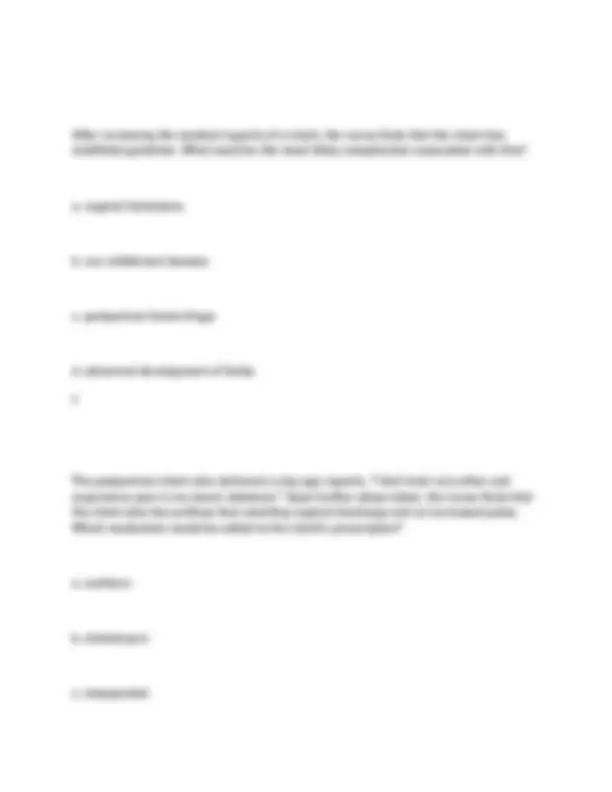
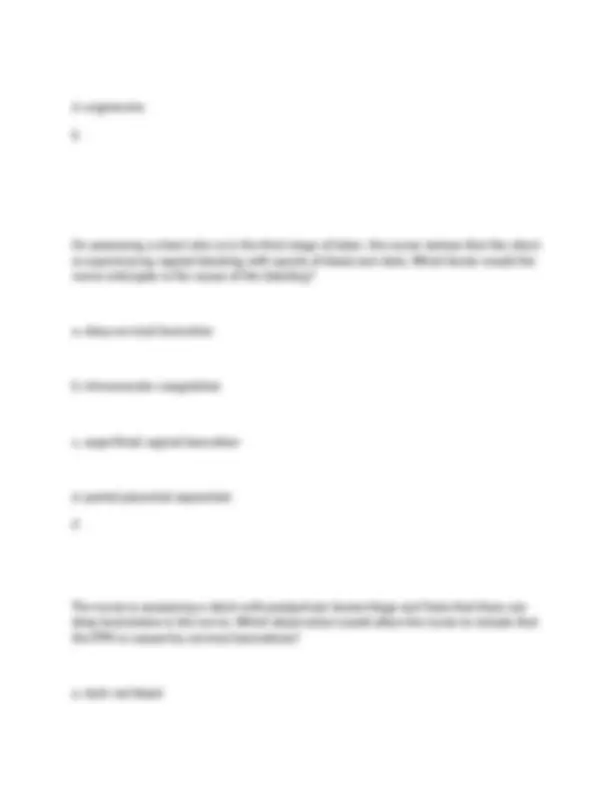
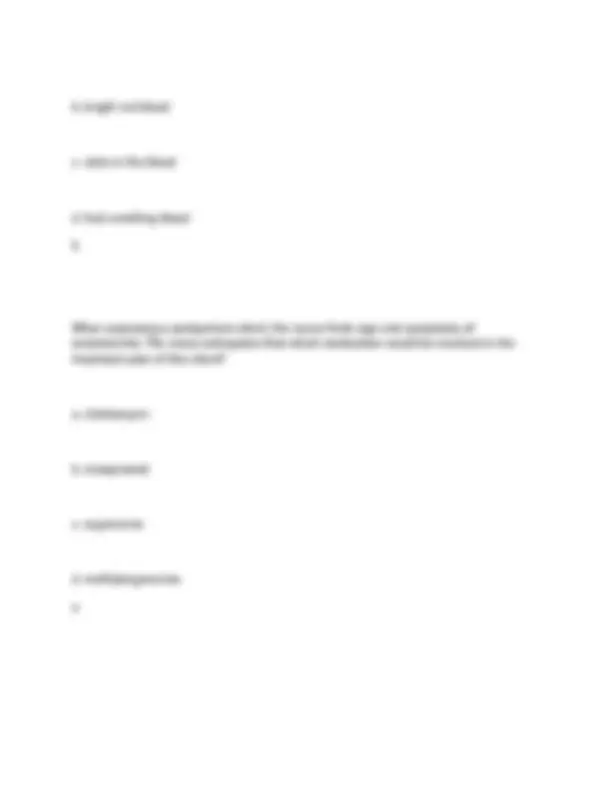
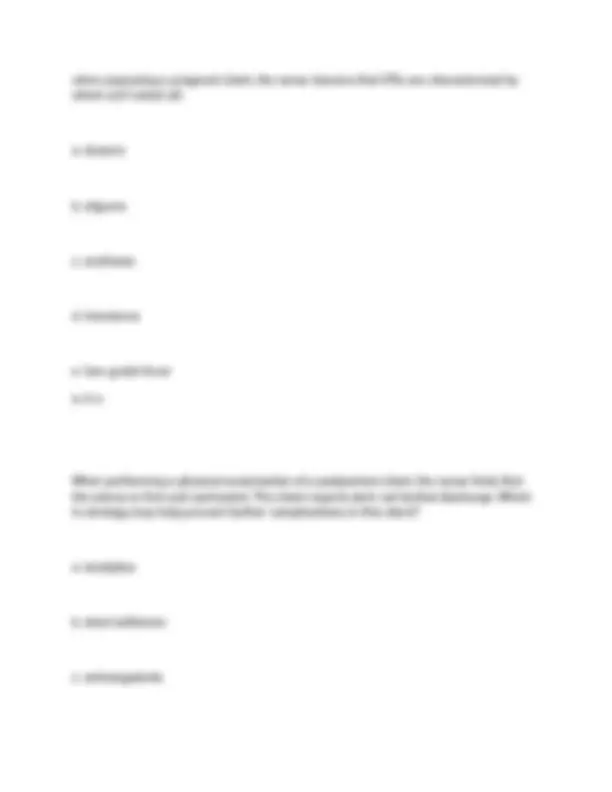
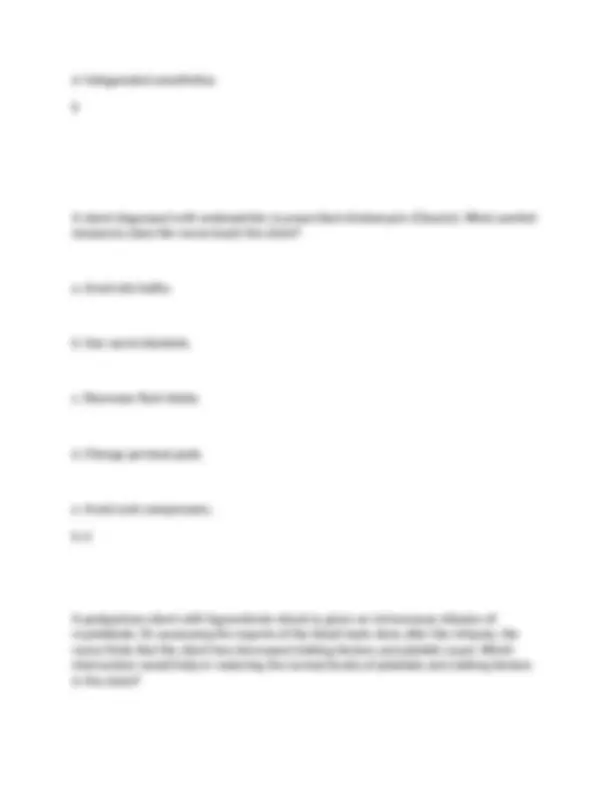
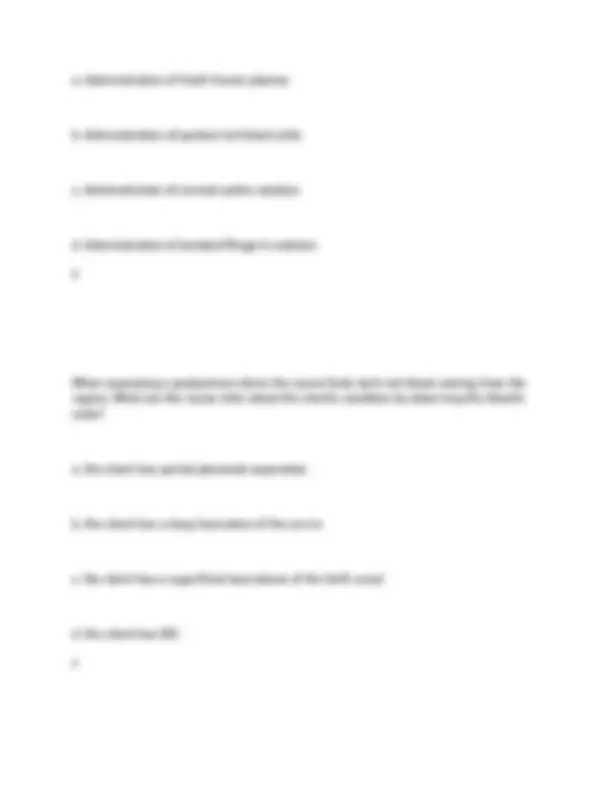
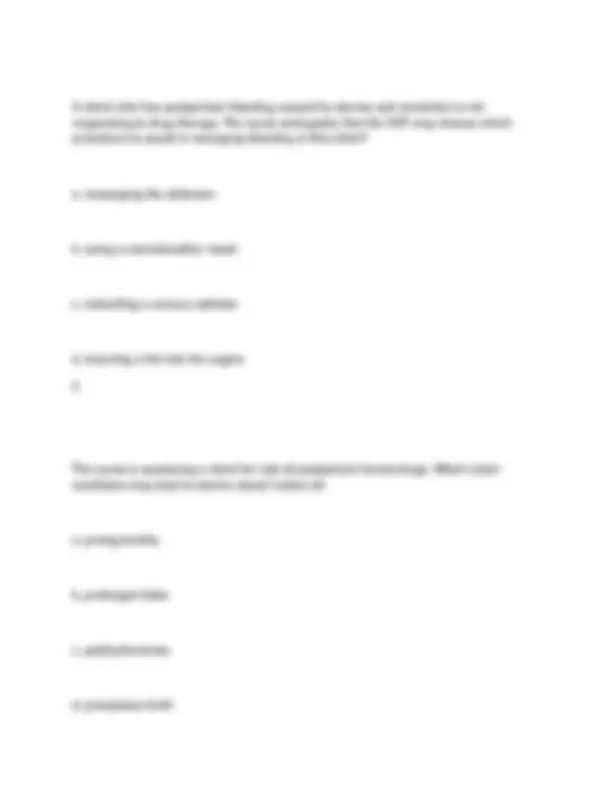
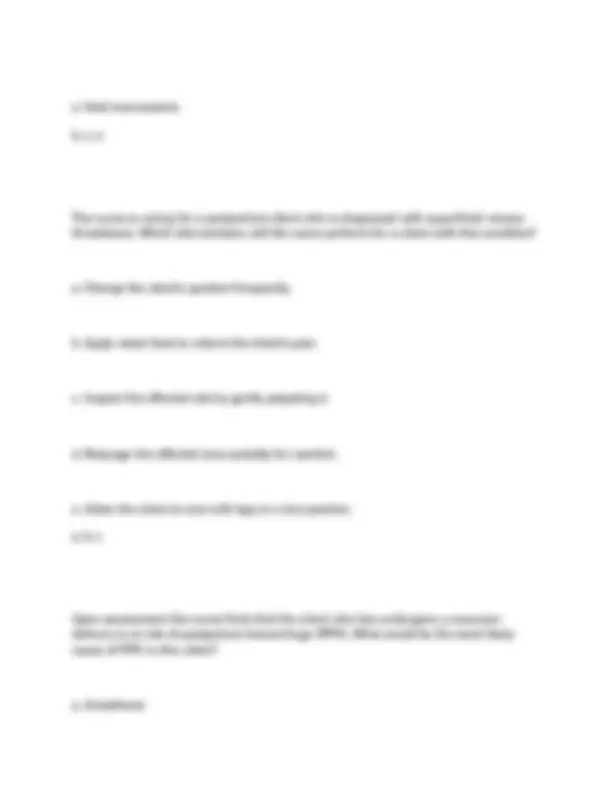
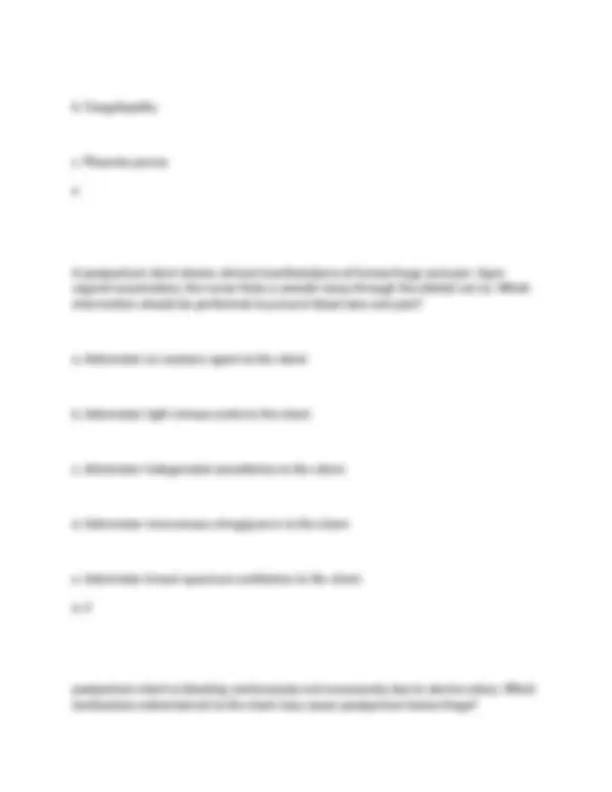
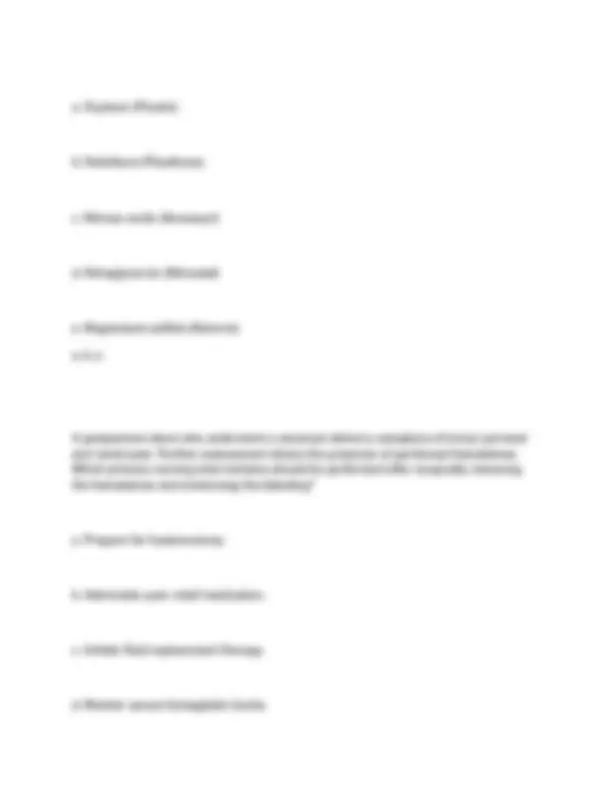
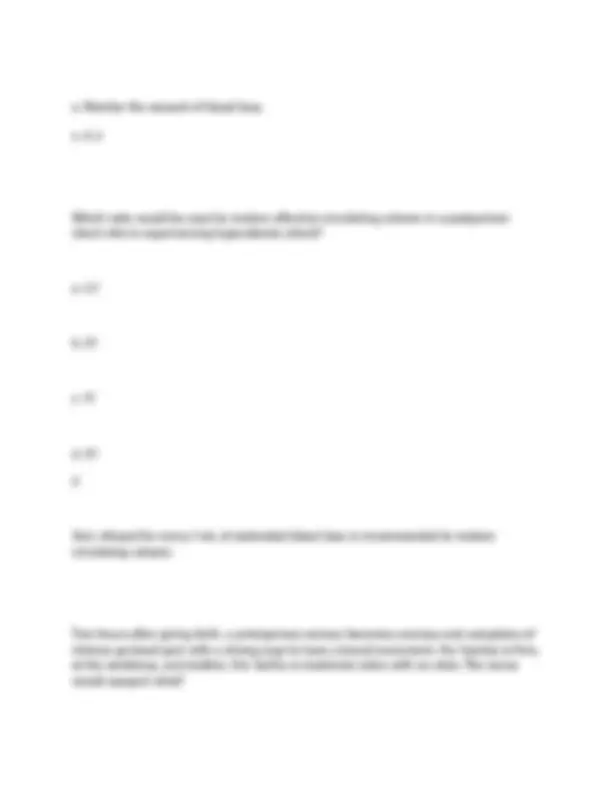
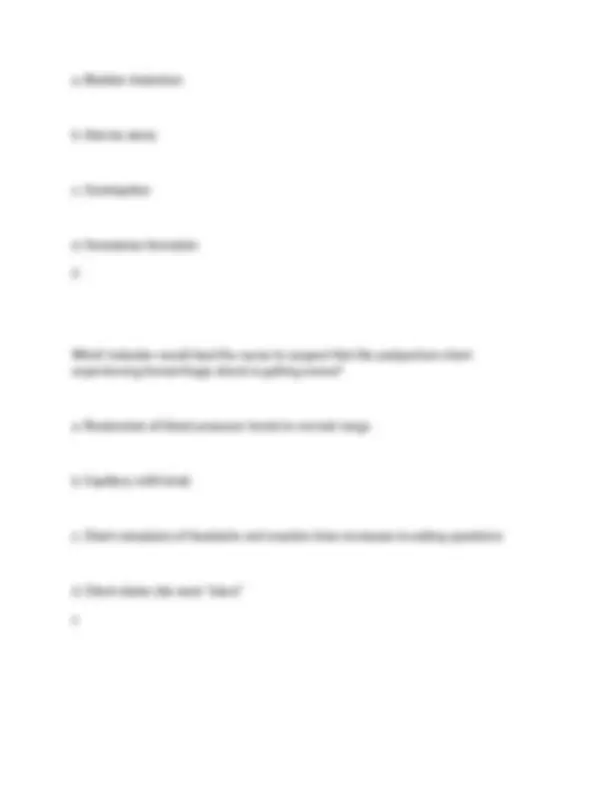
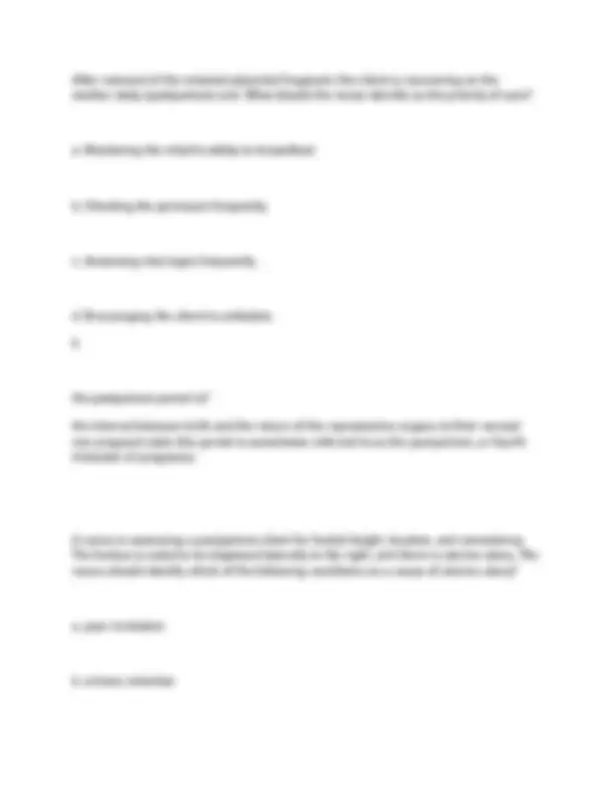
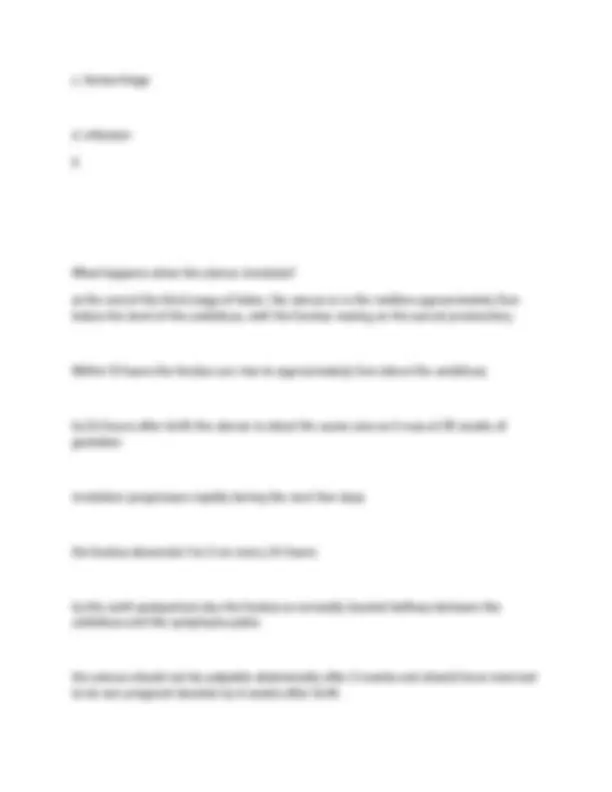
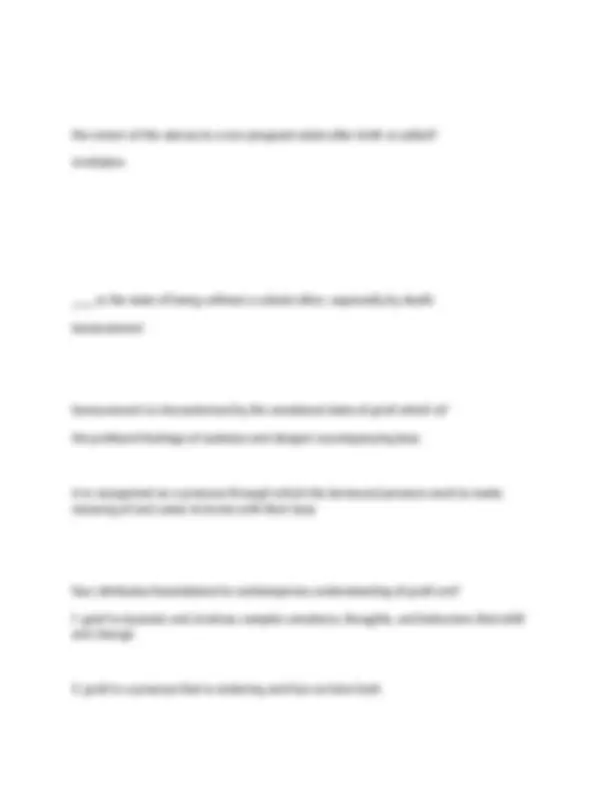
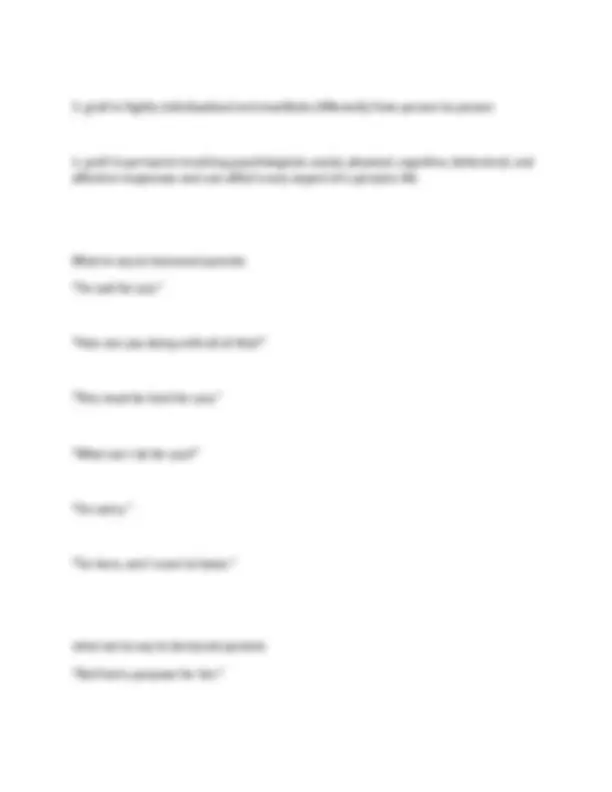

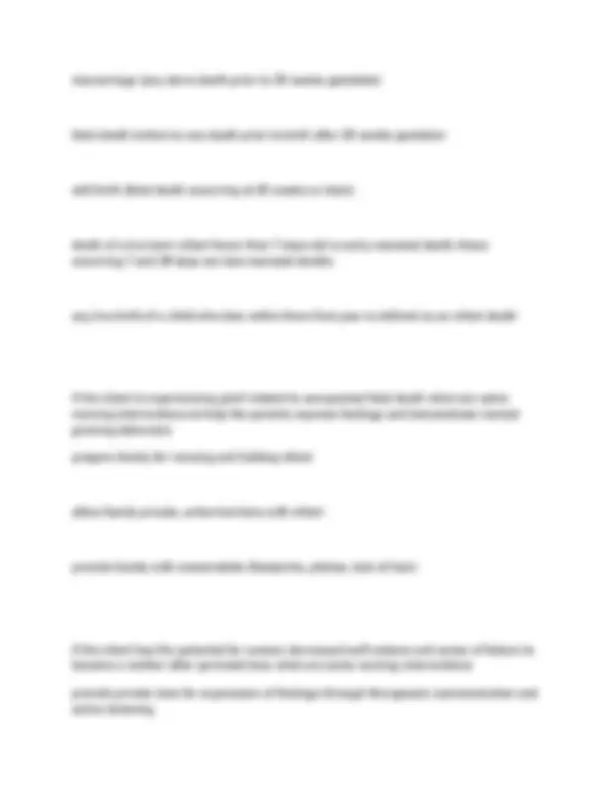
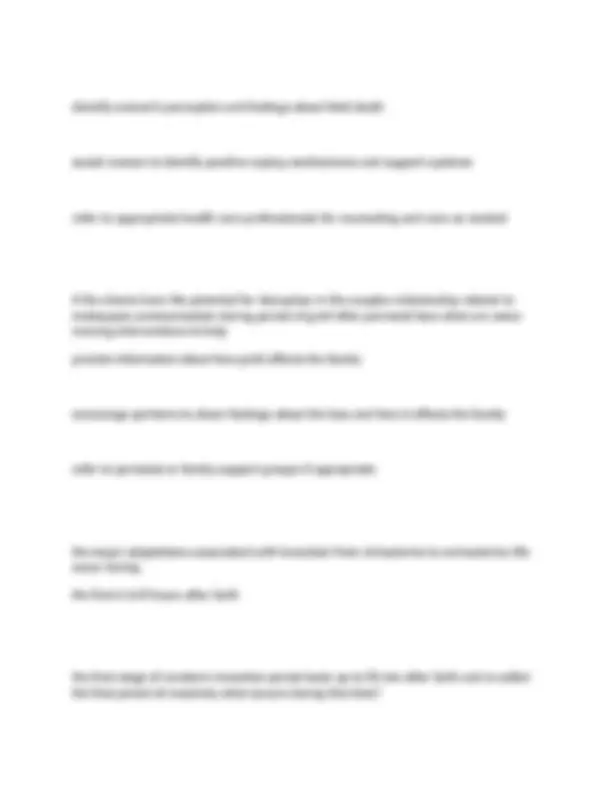
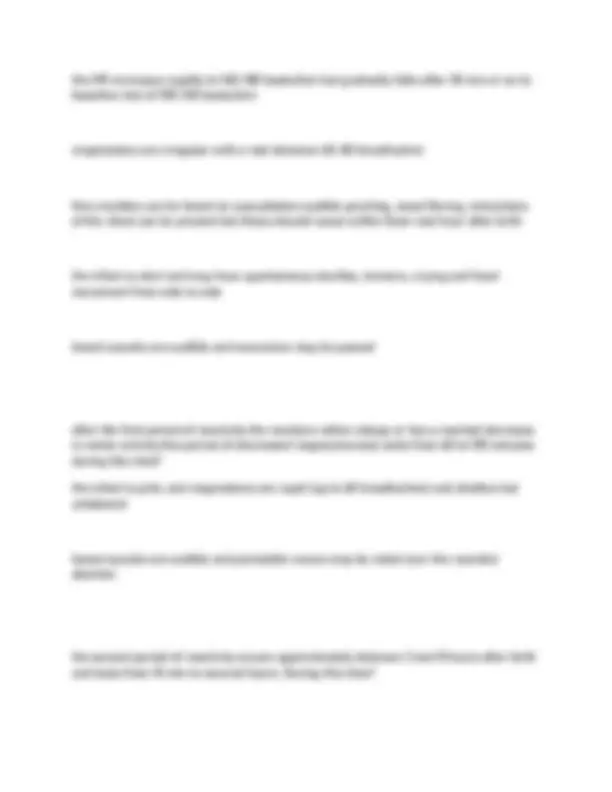
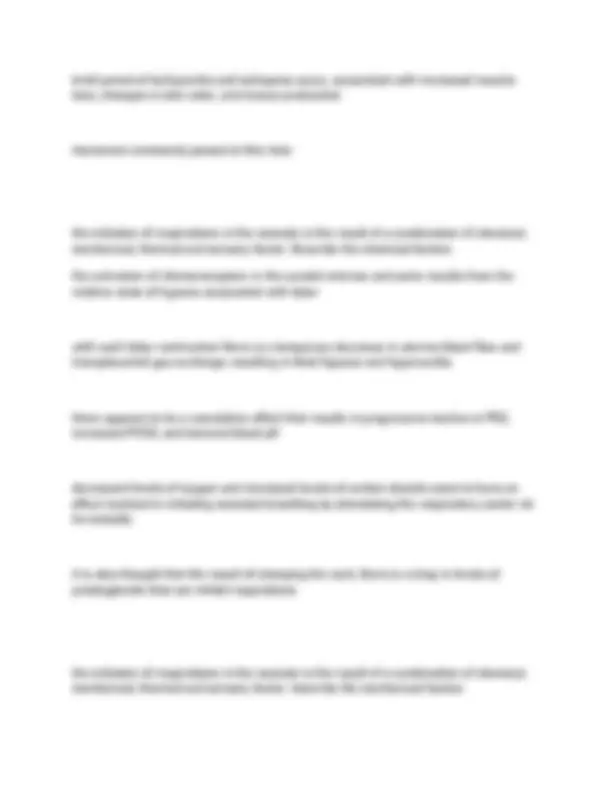
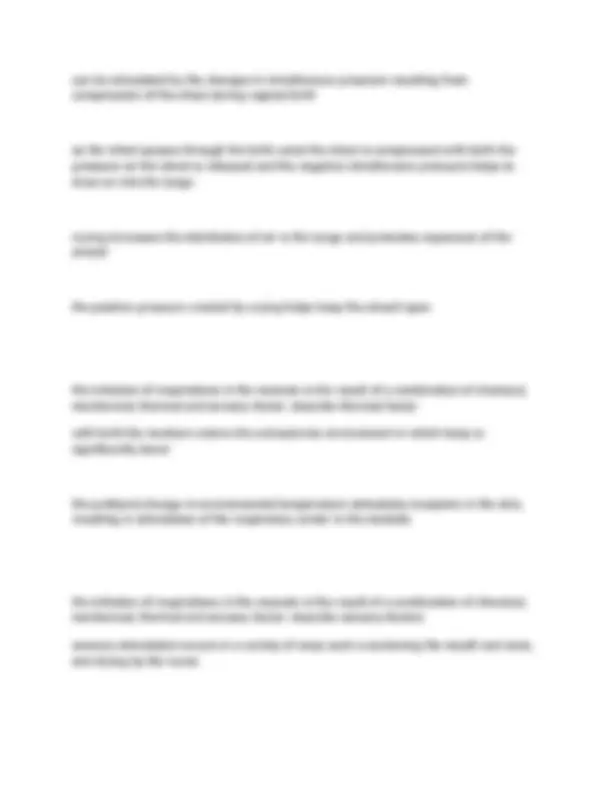
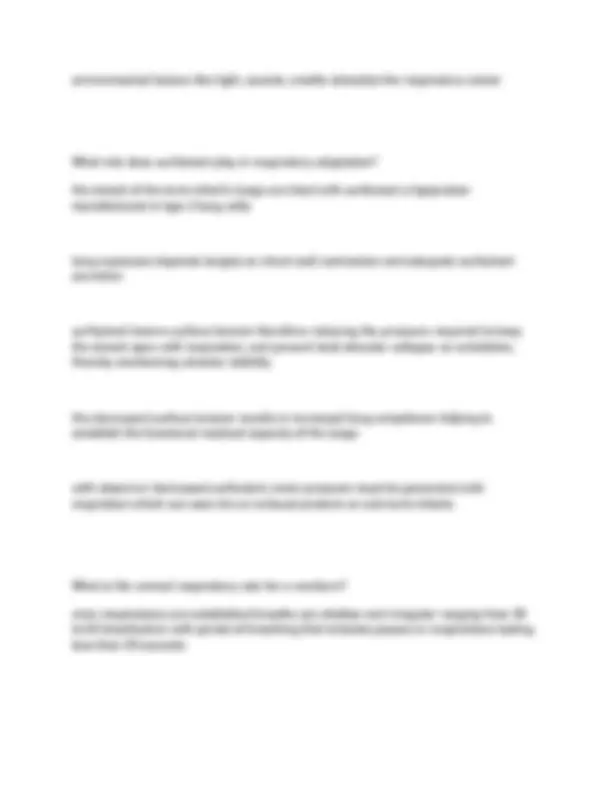
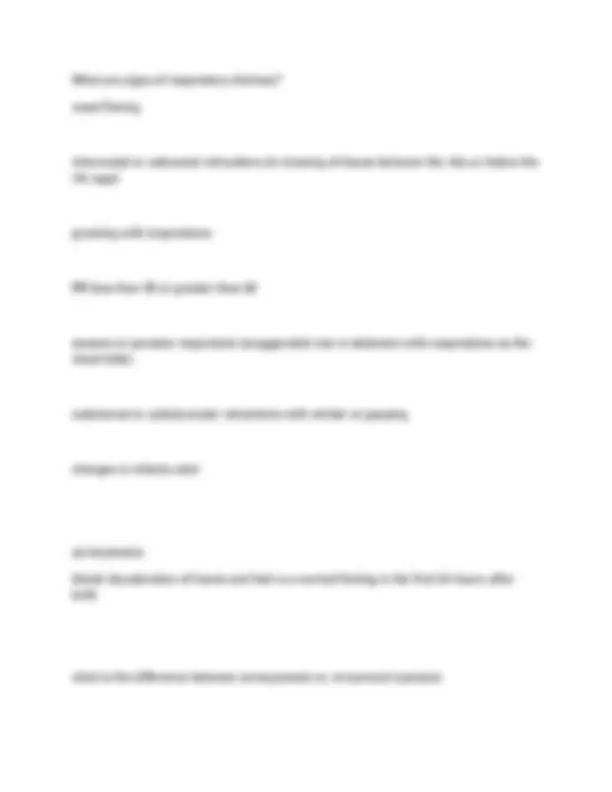

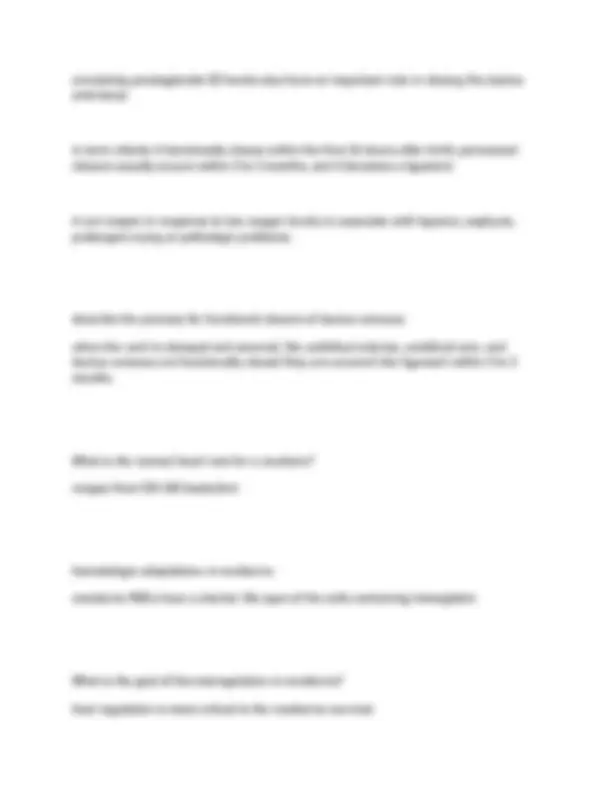
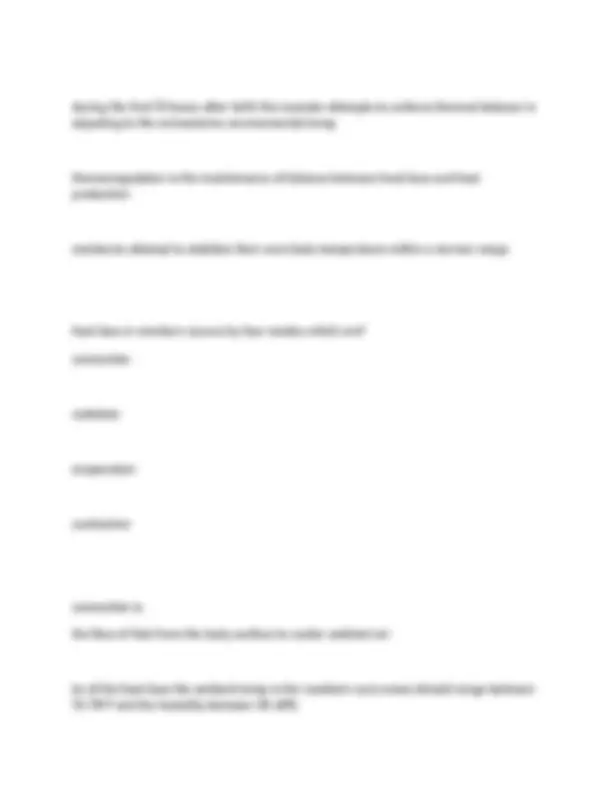
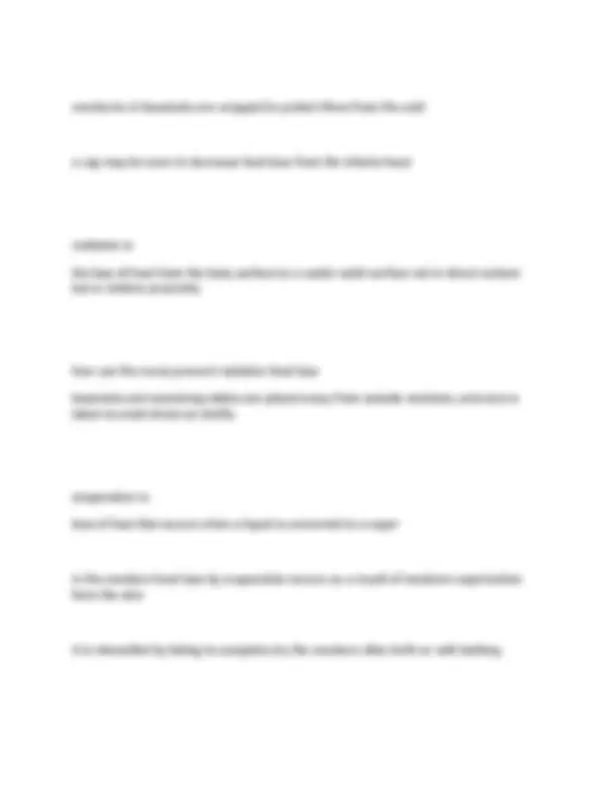
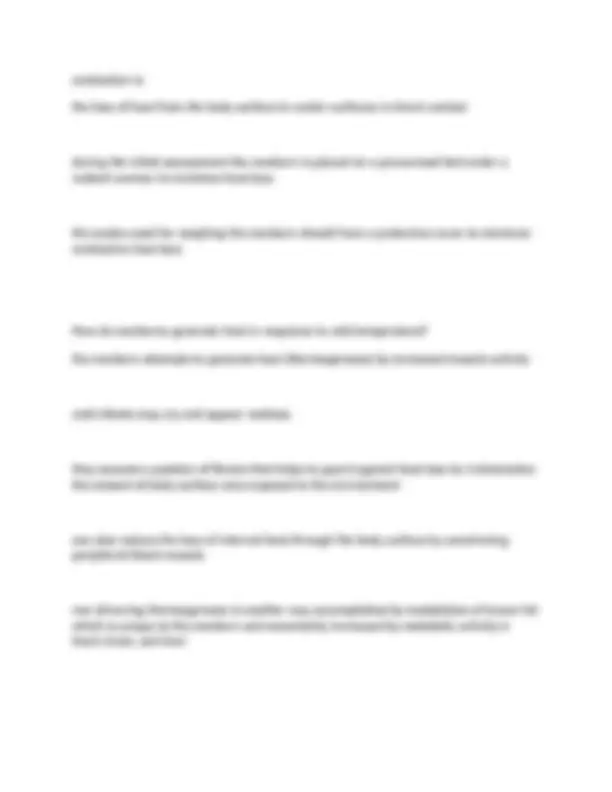
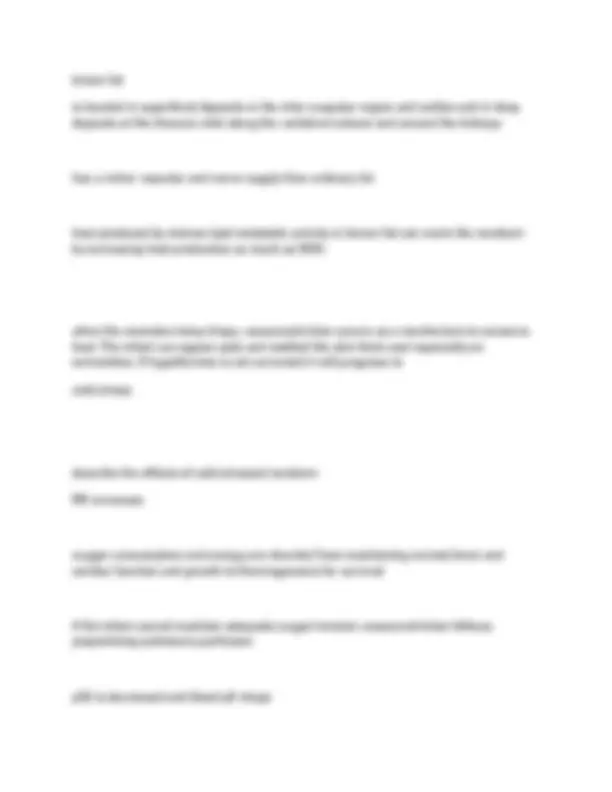
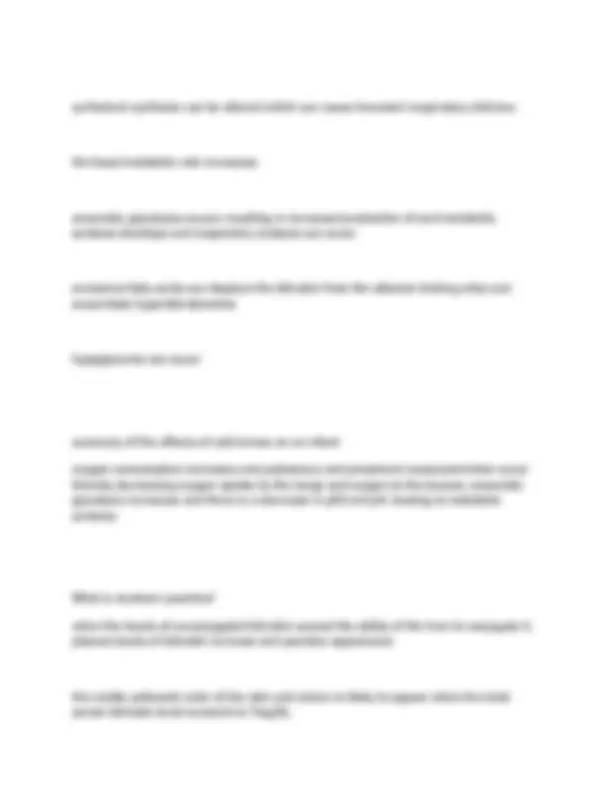
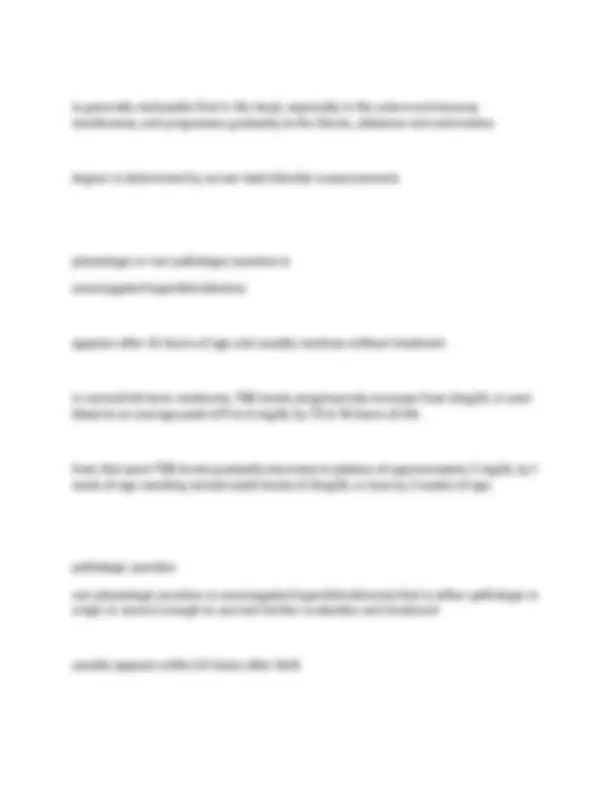
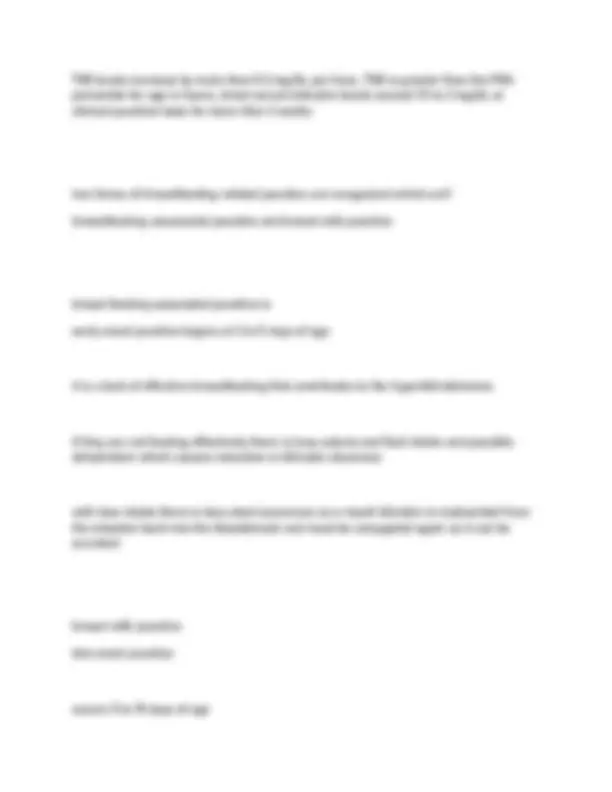
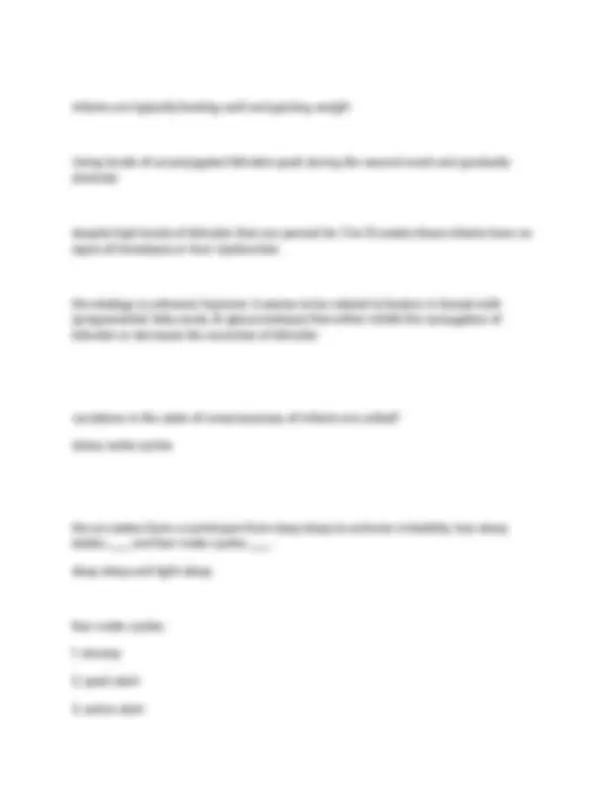
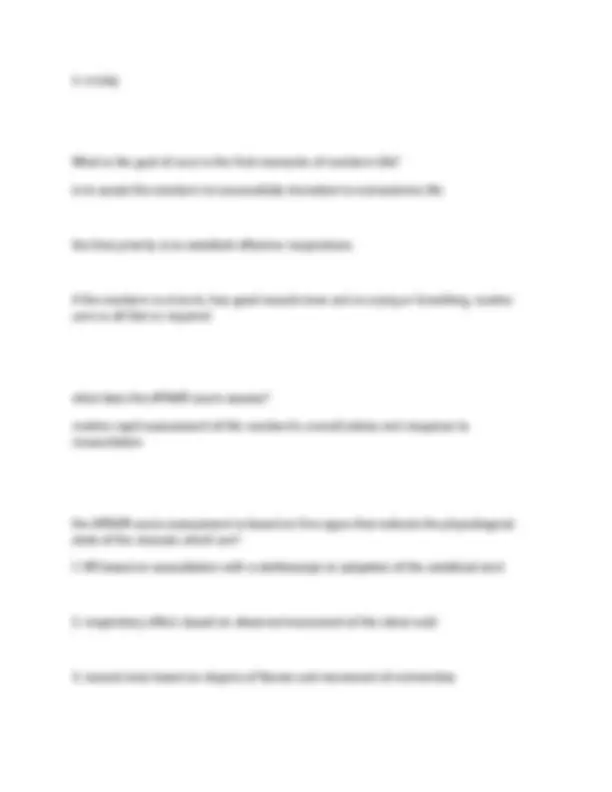


Study with the several resources on Docsity

Earn points by helping other students or get them with a premium plan


Prepare for your exams
Study with the several resources on Docsity

Earn points to download
Earn points by helping other students or get them with a premium plan
Community
Ask the community for help and clear up your study doubts
Discover the best universities in your country according to Docsity users
Free resources
Download our free guides on studying techniques, anxiety management strategies, and thesis advice from Docsity tutors
NURS 6700 Final Exam 2025/2026 with Real Questions and Answers Guaranteed Pass (Score A)-Marquette University
Typology: Exams
1 / 309

This page cannot be seen from the preview
Don't miss anything!





























































































The nurse is caring for a client who is undergoing treatment for deep vein thrombosis (DVT). Which signs and symptoms will the nurse monitor in the client to evaluate the patient's response to treatment? a. Dysuria, petechiae, and vertigo b. Petechiae, hematuria, and dysuria c. Hematuria, increased lochia, and vertigo d. Hematuria, petechiae, and increased lochia d What measures will the nurse implement in her postpartum client to prevent postpartum infection and other possible complications?select all. a. Instruct the client to consume foods that are rich in iron.
b. Instruct the client to wash hands with soap after urination. c. Perform fundal massage on the client when necessary. d. Instruct the client to change the perineal pads from front to back. e. Inform the client to avoid consuming an excess amount of water. a, b, c, d Which nursing interventions are appropriate for a client with a fluid imbalance resulting from postpartum hemorrhage? Select all that apply. a. Weighing peri pads b. Monitoring vital signs c. Assessing capillary refill d. Assessing arterial blood gas e. Providing oxygen supplementation a, b
skillful observation and interviewing rooming in of mother and infant and liberal visiting privileges for the father, siblings and grandparents provides nurses with excellent opportunities to observe interactions and identify behaviors that demonstrate positive or negative connection
sub involution is? the failure of the uterus to return to a non pregnant state due to ineffective uterine contractions the most common cause of sub involution is? retained placental fragments and infection The characteristics of post birth uterine discharge known as lochia, correlate with? uterine involution and changes in the endometrium most women experience lochia for 4 to 6 weeks after brith for the first 2 hours after birth what are the characteristics of lochia? the amount of uterine discharge should be about that of a heavy menstrual period after that time local flow will steadily decrease in amount and the characteristics appearance of the lochia will change
describe the rubra lochia appearance: red timing after birth: 1-2 days contents: blood from placental site, trophoblastic tissue debris, vernix, lanugo, meconium describe serosa lochia appearance: pinkish-brown timing after birth: 4-10 days contents: blood, wound exudate, RBCs, WBCs, trophoblastic tissue debris, cervical mucus, microorganisms describe alba lochia appearance: whitish-yellow time after birth: 10-14 days, can last 3-6 weeks
the breasts gradually become fuller and heavier as the colostrum transitions to mature milk by about 72 to 96 hours after birth this is often referred to as? "milk coming in" or lactogenesis 2 When lactogenesis 2 occurs what happens to the breasts? the breasts can feel warm, firm and somewhat tender bluish white milk with a skim milk appearance (true milk) can be expressed from the nipples as milk glands and milk ducts fill with milk, breast tissue can feel somewhat nodular or lymph engorgement as the milk glands and ducts fill with milk the breast tissue can feel somewhat nodular or lymph some women experience engorgement at this time due to an increase in blood and lymphatic fluids as milk production increases they are hard uncomfortable and mild temperature elevation can occur the fullness of the nipple tissue can make it difficult for the infant to latch on and feed temporary lasts only 24 to 48 hours
vital signs after birth what occurs to the temperature? during first 24 hours temperature can increase to 100.4 as a result of dehydrating effects of labor after 24 hours the woman should be afebrile vital signs after birth what occurs to the pulse pulse, along with stroke volume and cardiac output, remains elevated for the first hour or so after birth it gradually decreases over the first 48 hours postpartum puerperal bradycardia (40-50 beats/min) is common vital signs after birth what occurs to the respiratory rate the respiratory rate, which was unchanged or slightly increased during pregnancy should be within the woman's normal pre pregnancy range soon after birth vital signs after birth what occurs to the blood pressure blood pressure shows a transient increase of approximately 5% over the first few days after birth, returning to pre pregnancy levels over weeks or months
You are reviewing vital signs of a mother who just delivered. What would you expect to find? HR is increased immediately after birth and can remain elevated for the first hour (puerperal bradycardia is common with HR decreasing to 40 to 50 beats/min) transient increase in BP for approximately 5% during the first few days after birth it can take weeks or months for pulse and BP to return to pre pregnancy levels respiratory function rapidly returns to non pregnant levels after birth after the uterus is emptied, the diaphragm descends, the normal cardiac axis is restored and the point of maximal impulse and the electrocardiogram are normalized low grade fever is not uncommon during the first 24 hours after birth however temp elevation of 100.4 or higher during the first 10 days postpartum can indicate infection and should be evaluated What hormonal changes occur during the immediate postpartum estrogen and progesterone levels drops markedly after birth and reach their lowest levels 1 week after birth hCG disappears fairly quickly from maternal circulation fall in progesterone triggers rise in prolactin which is the hormone that stimulates mil production
decrease in human placental lactogen, estrogens, cortisol, and the placental enzyme insulin's reverse the diabetogenic effects of pregnancy, resulting in significantly lower blood glucose levels in the immediate postpartum period What are the indicators of progression of uterine involution fundal height and lochia the return of ovulation and menses in the postpartum period is determined in part by? whether or not the woman is lactating (Breastfeeding) ovulation occurs as early as ___ days after birth in non lactating women 27 days with a mean time of 7 to 9 weeks the mean time in ovulation in women who breastfeed is? 7 to 9 weeks What are the components of postpartum assessments?
normal pulse finding after birth 50 - 90 beats/min abnormal pulse finding after birth tachycardia: pain, fever, dehydration, hemorrhage normal respiration finding after birth 16 - 20 breaths/min abnormal respiration finding after birth bradypnea: effect of opioid medications tachypnea: anxiety, may be sign of respiratory disease normal breath sounds finding after birth clear to auscultation abnormal breath sounds finding after birth crackles: possible fluid overload
normal breast exam findings after birth days 1-2: soft days 2-3: filling days 3-5: full, soften with breastfeeding (milk is in) abnormal breast exam findings after birth firmness, heat, pain: engorgement normal nipple findings after birth skin intact: no soreness reported abnormal nippled findings after birth redness, bruising, cracks, fissures, abrasions, blisters: usually associated with latching problems